- Fiber Conversion: It converts optical signals from fiber optic cables into electrical signals for Ethernet, and vice versa. This is essential for long-distance data transmission.
- Ethernet Switching: It integrates Ethernet switching capabilities, allowing for efficient data forwarding between multiple devices on a network.
- PCBA (Printed Circuit Board Assembly): This refers to the assembled circuit board that includes all necessary electronic components, such as chips, resistors, and capacitors, which are soldered and mounted.
- Application Scenarios: Commonly used in enterprise networks, data centers, and surveillance systems where high bandwidth and stable connections are crucial.
- Advantages: It provides higher transmission rates and longer distances while reducing electromagnetic interference.
In today’s fast-paced digital world, network performance is crucial. Fiber MEDIA CONVERTER Ethernet switch PCBA (Printed Circuit Board Assembly) boards are an ideal choice for improving network connectivity quality.
Advantages of Fiber Converters
Fiber media converters can convert optical signals to electrical signals, supporting higher transmission speeds and longer distances. They effectively reduce signal attenuation and interference, ensuring stable data transmission.
Why Choose PCBA Boards?
- Customization: PCBA boards can be tailored to specific requirements, catering to various application scenarios.
- Cost-Effectiveness: For mass production, using PCBA boards is often more economical than purchasing complete devices.
- Flexibility: Users can select components and features based on specific needs, providing greater flexibility.
- Technology Upgrades: By replacing or upgrading certain parts of the PCBA board, users can easily enhance device performance without needing to replace the entire unit.
Unique Features of PCBA
- RPOE Support: Supports 5V and 24V Remote Power over Ethernet (RPOE), making it suitable for different voltage environments.
- Port Support:
- SC and SFP Ports: Compatible with various fiber connections to meet diverse network demands.
- RJ45 Ports: Supports 1, 2, 3, 4, 6, 8, or 16 RJ45 ports, offering flexible networking options.
- Power Supply Support: Compatible with 5V-12V DC power supplies, enhancing device compatibility across multiple settings.
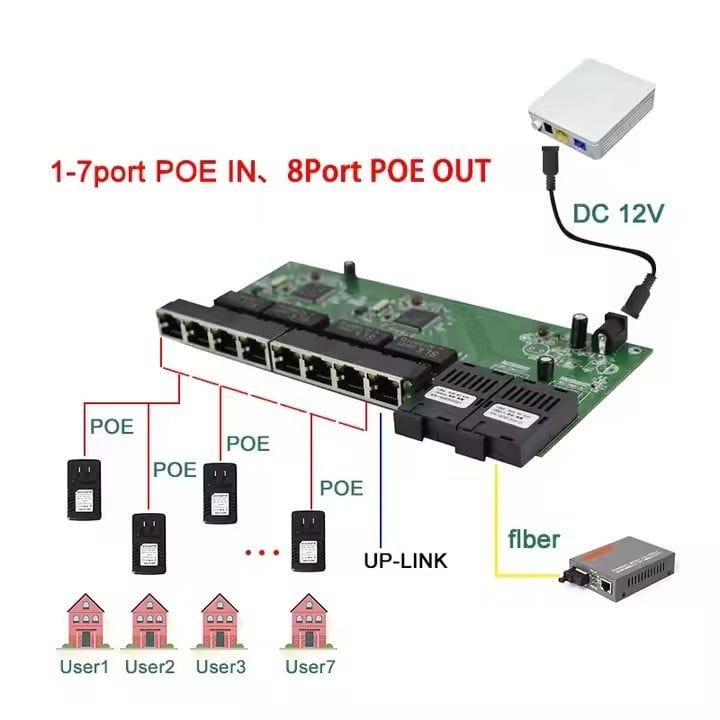
Application Scenarios
- Enterprise Networks: In large enterprises, fiber converters can connect different network devices, improving overall network performance.
- Data Centers: In data center environments, fiber converters enable high-speed data transmission to meet large traffic demands.
- Surveillance Systems: Fiber converters can transmit signals from surveillance cameras over long distances, ensuring data integrity.
Installation and Maintenance
Following proper installation procedures is key to maximizing device performance. Regularly checking and maintaining fiber connections can extend the lifespan of the equipment.
Frequently Asked Questions
- How do I choose the right fiber converter? Select a model based on network requirements, transmission distance, and bandwidth needs.
- What are the maintenance tips for fiber converters? Regularly clean fiber interfaces and check connection cables to ensure optimal operation.
Conclusion
Fiber media converters are an indispensable part of modern networks, effectively enhancing performance and reliability. Choosing PCBA boards not only meets personalized needs but also provides advantages in cost and performance. Their unique features, such as RPOE support, multiple port options, and flexible power supply choices, make them an ideal networking solution. Visit our website today to learn more and select the right fiber media converter Ethernet switch PCBA board for your needs!



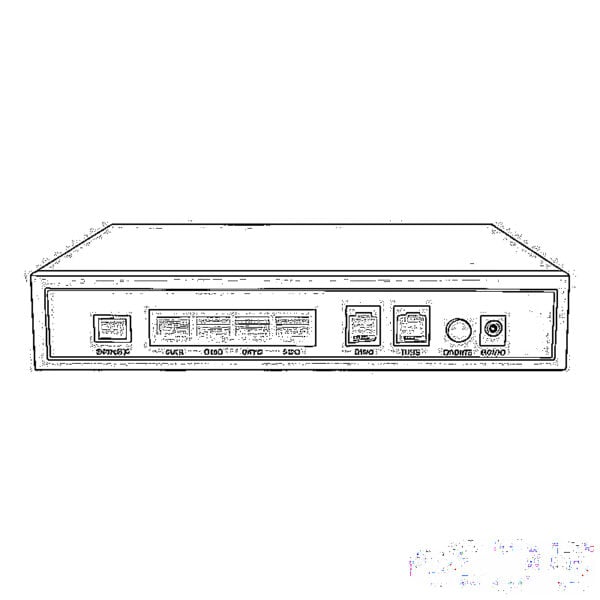
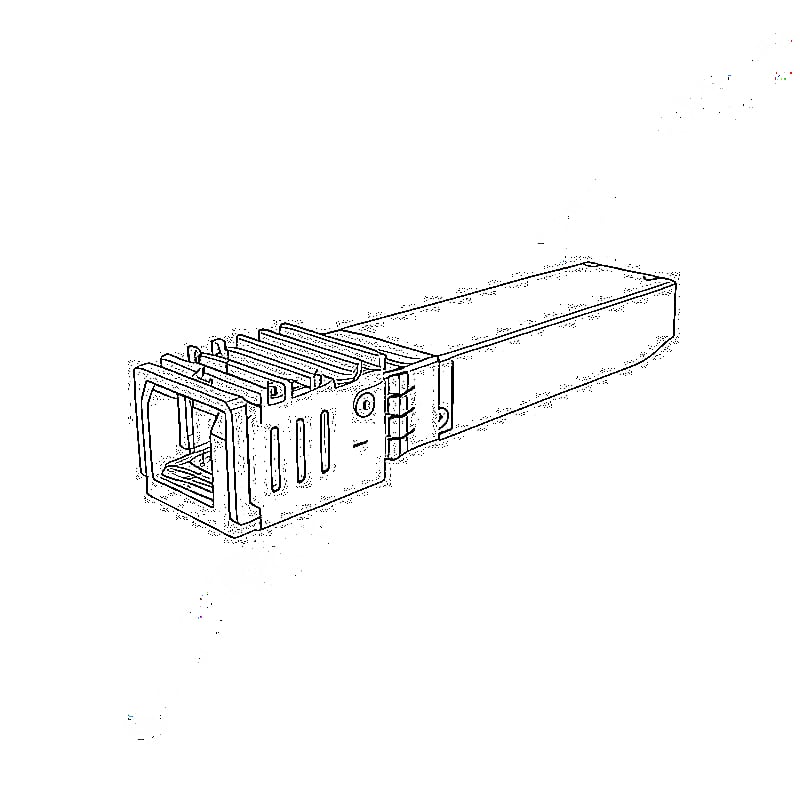
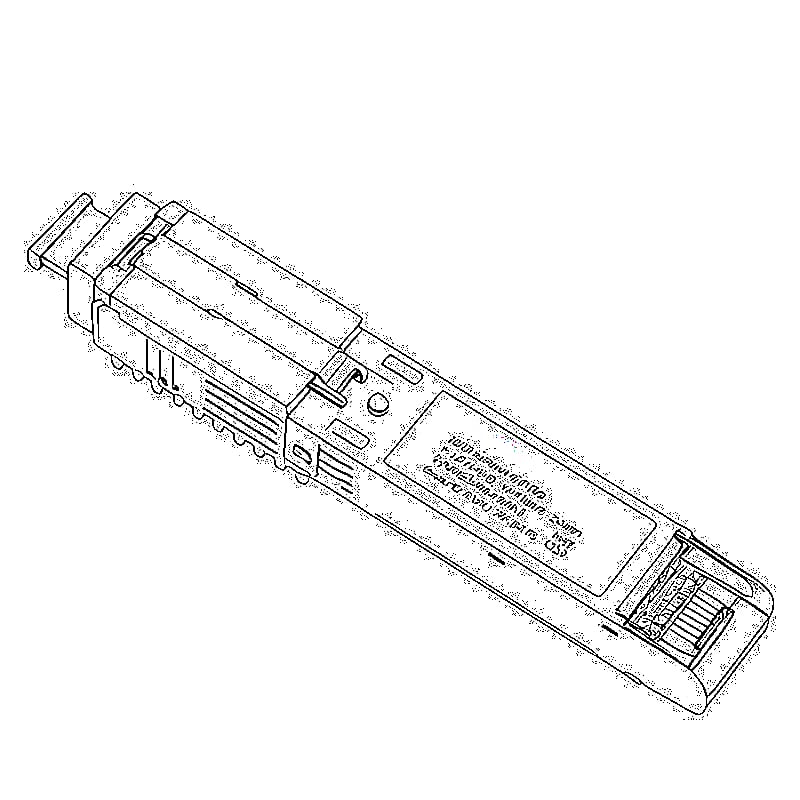
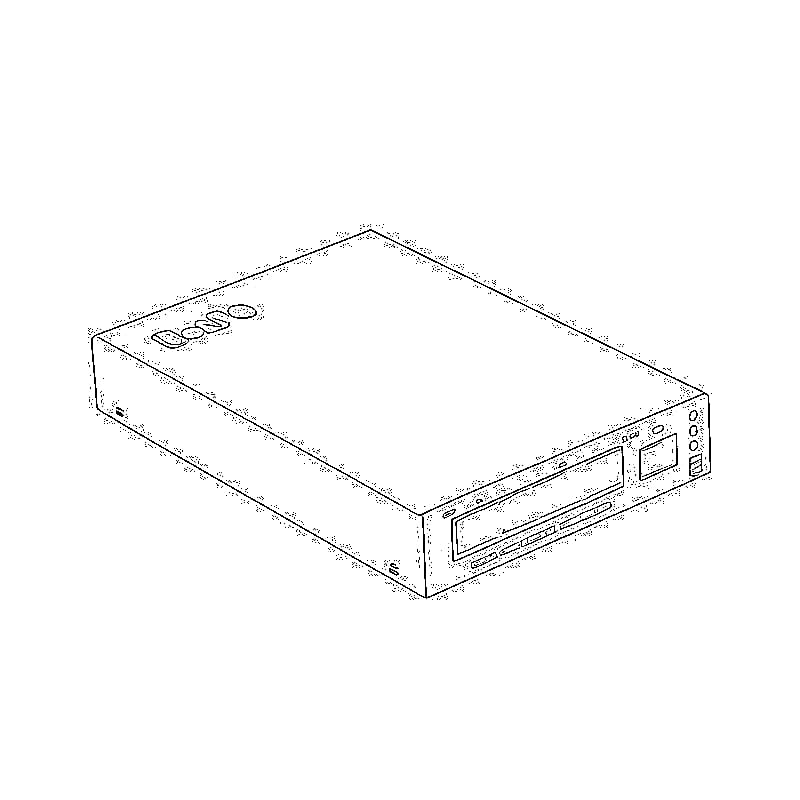
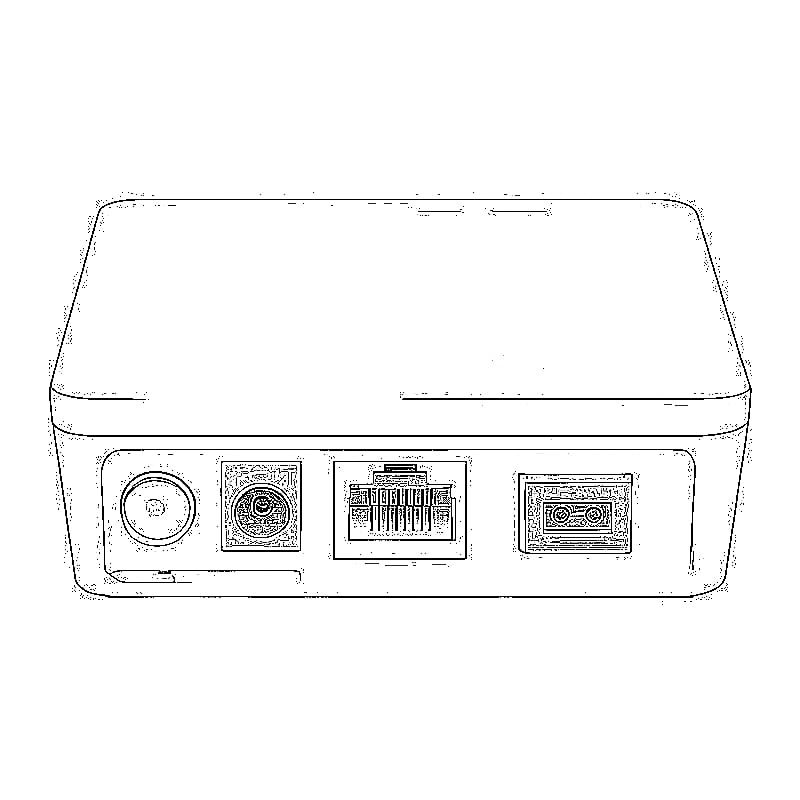
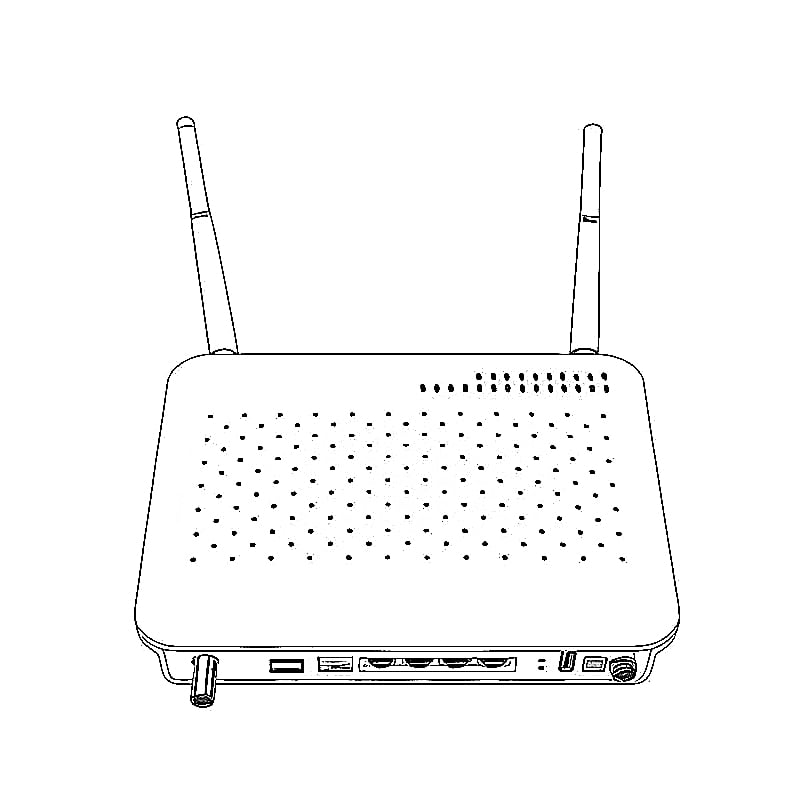
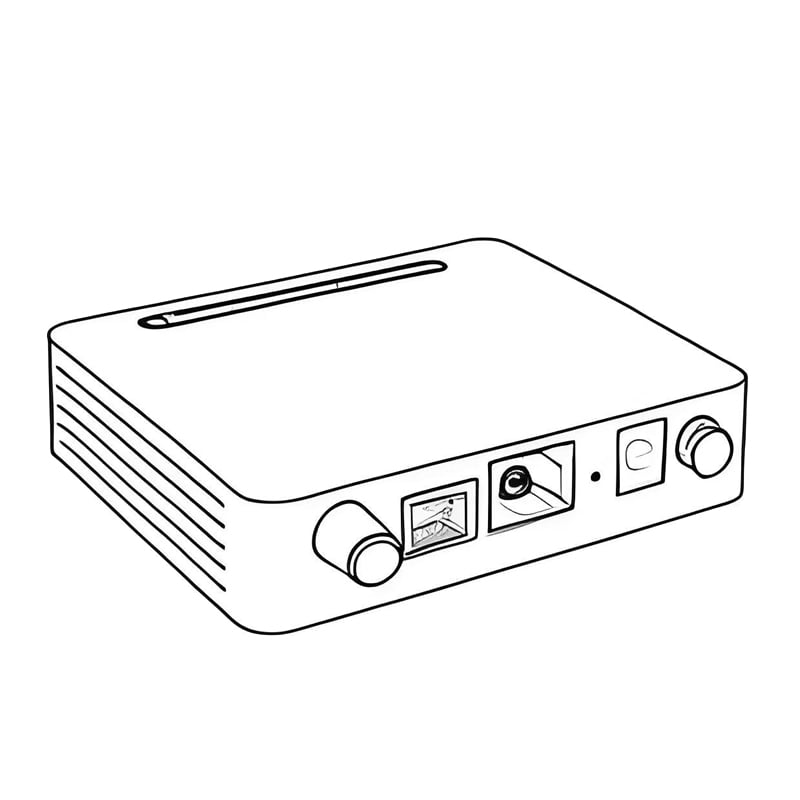
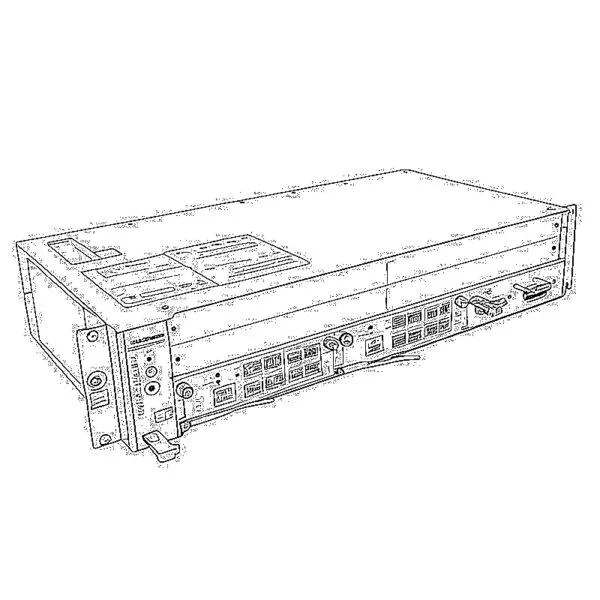
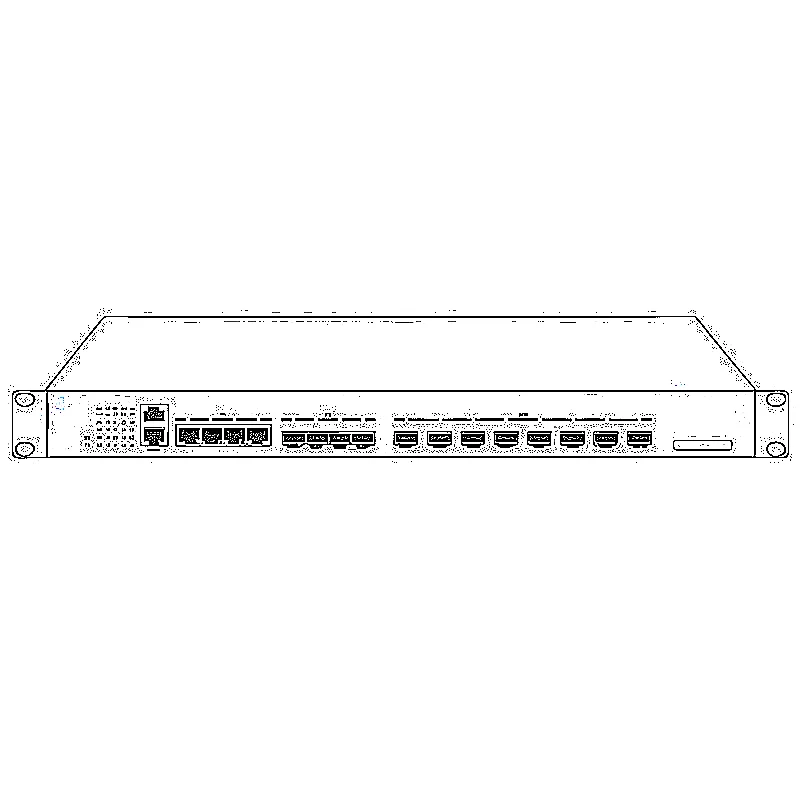
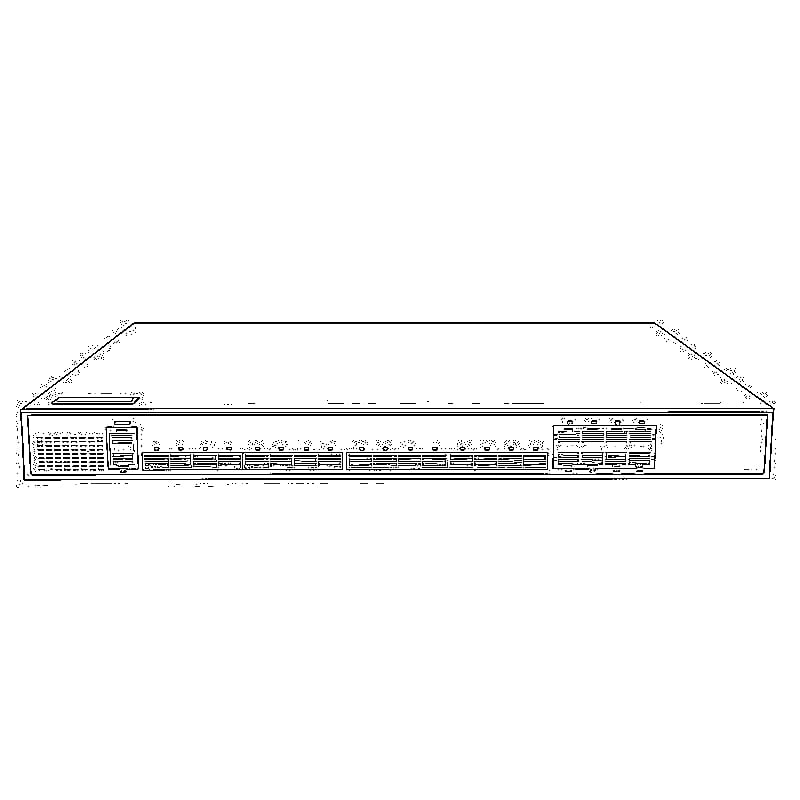
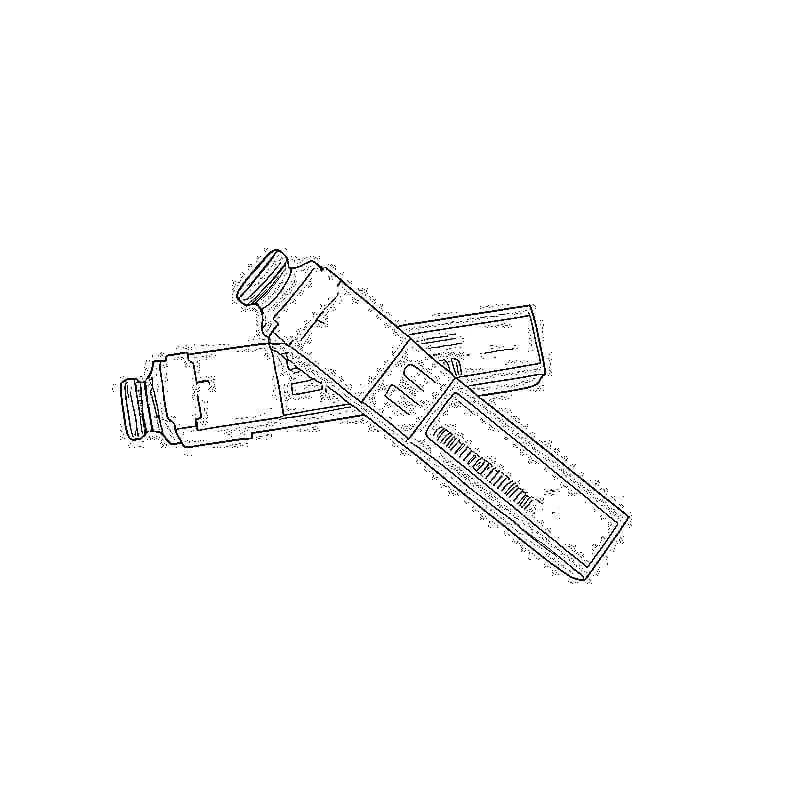
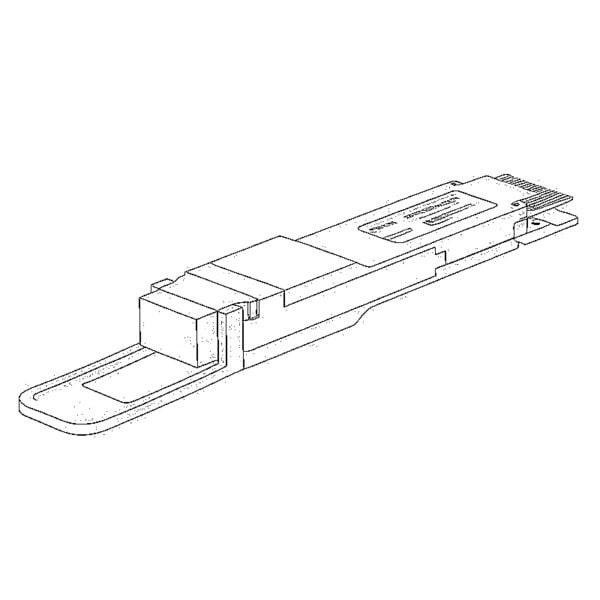
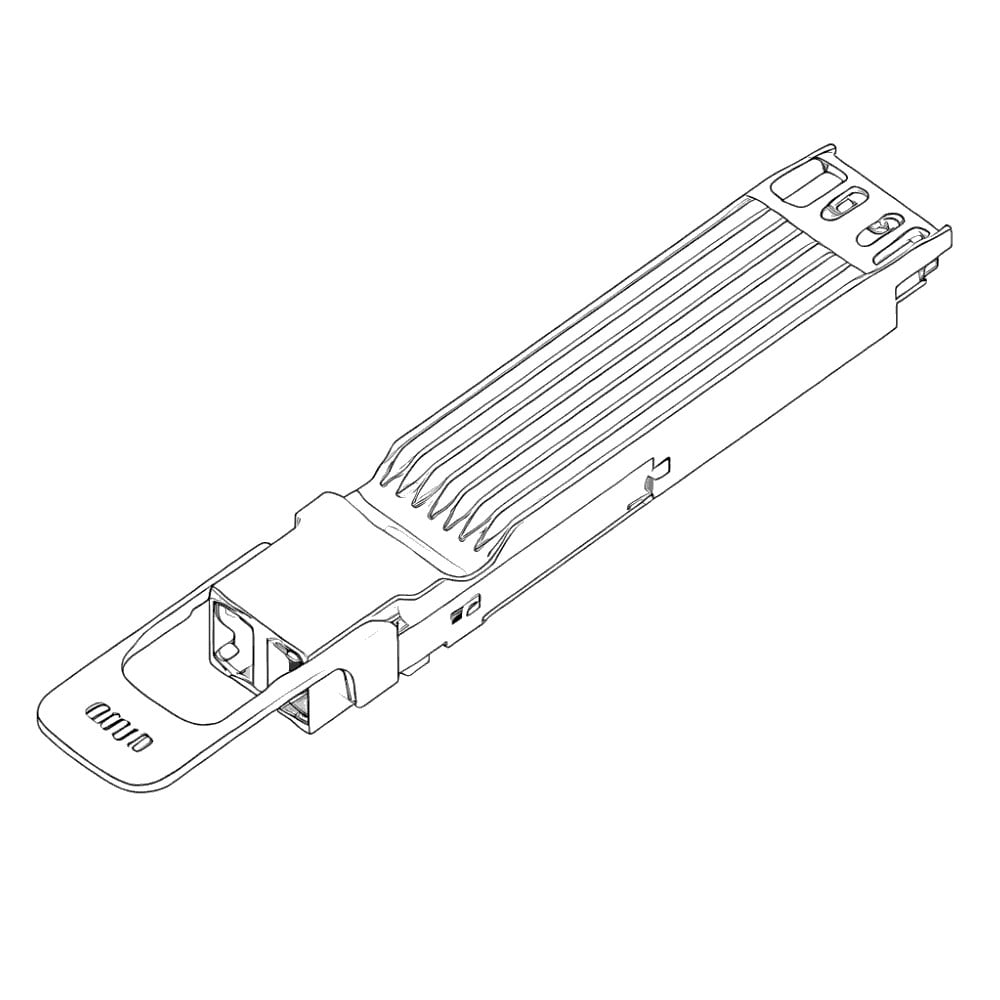
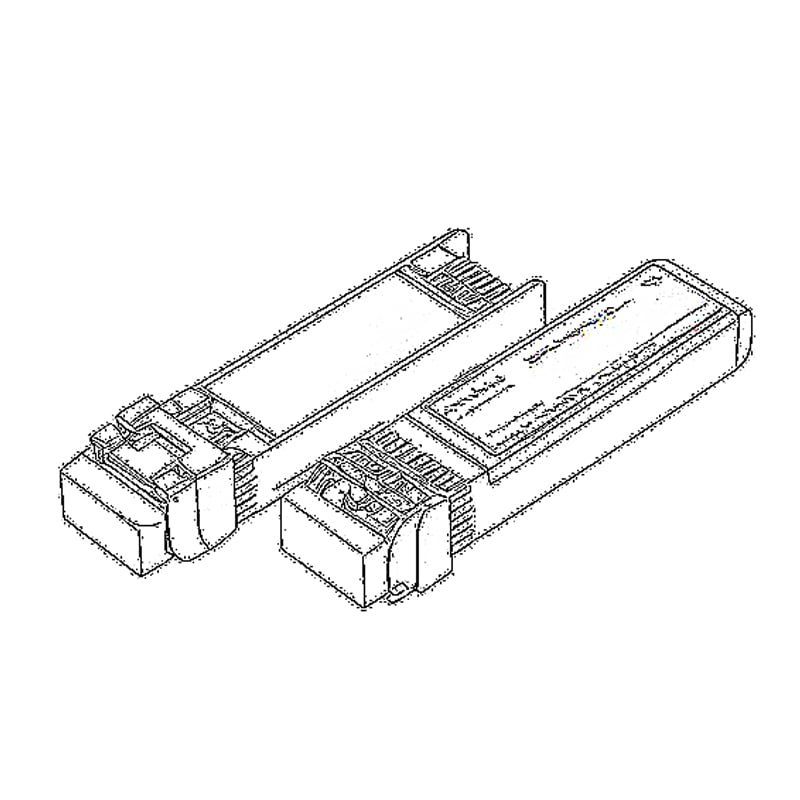
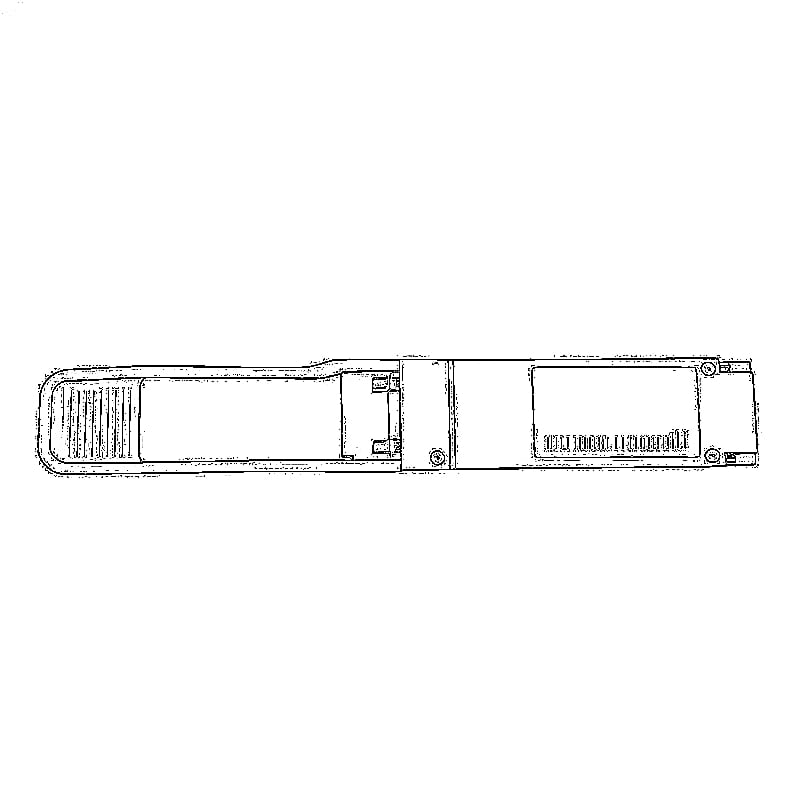
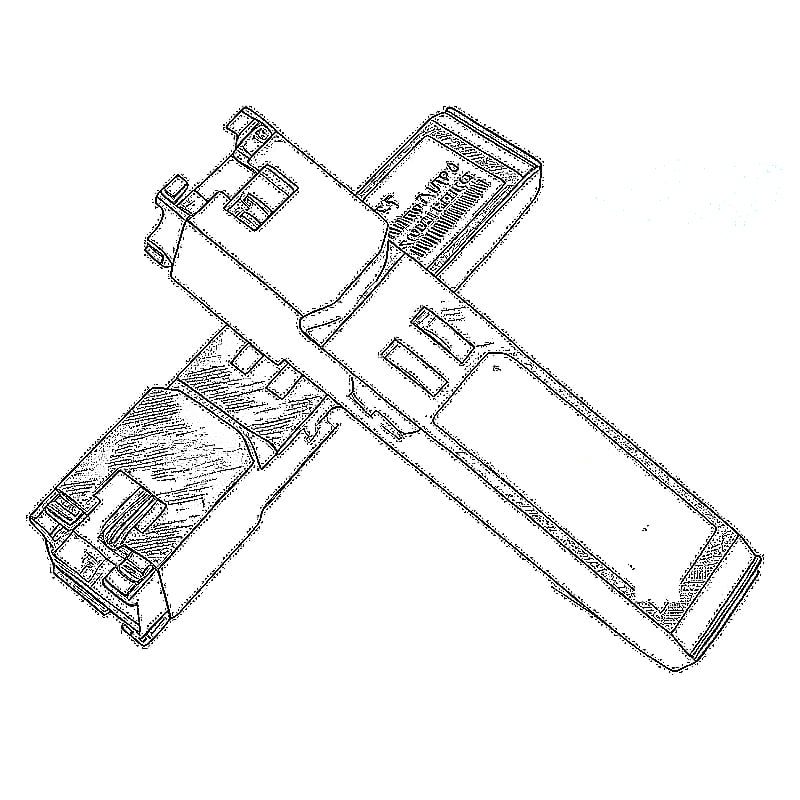
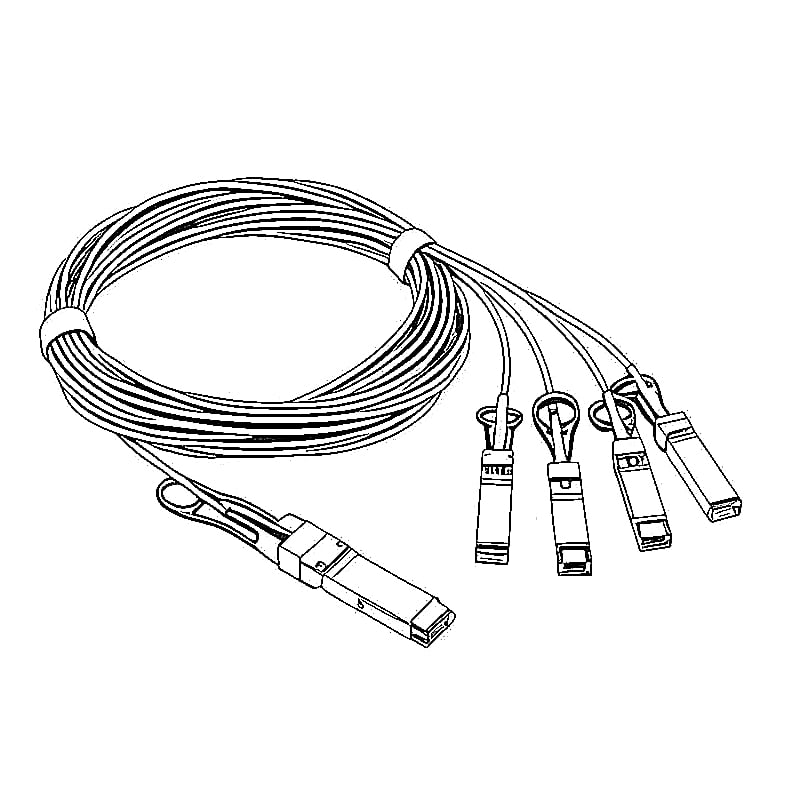
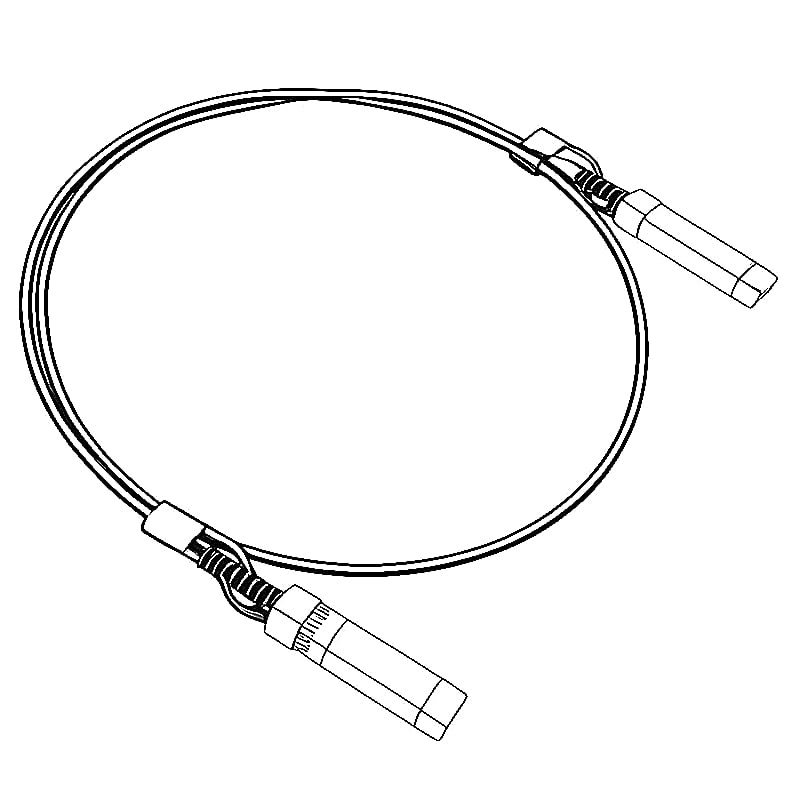
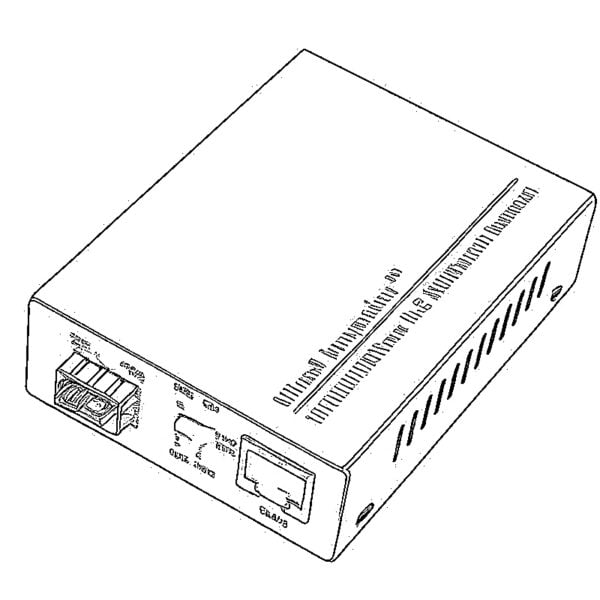
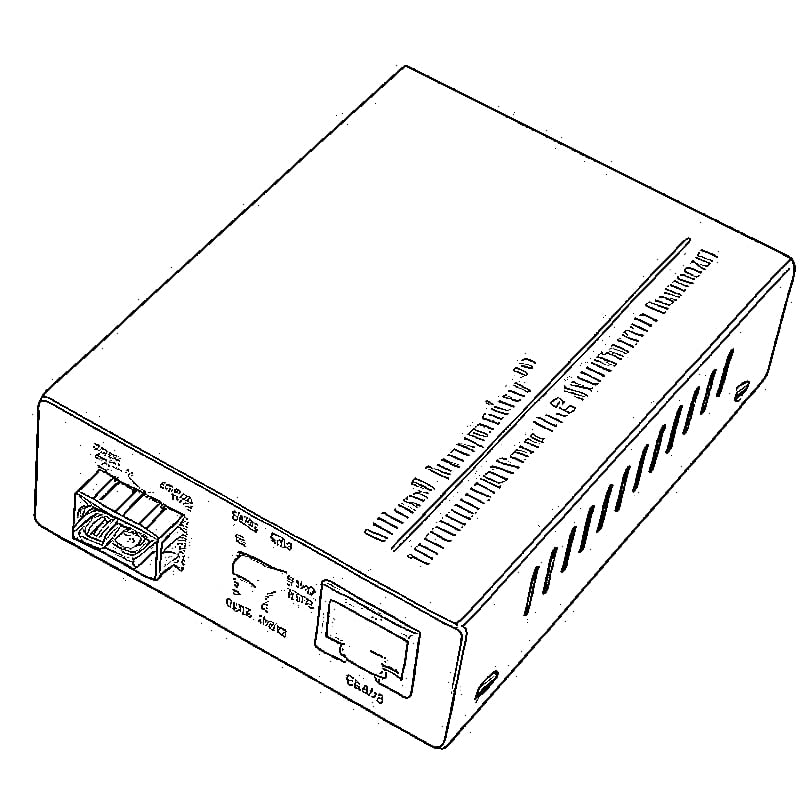
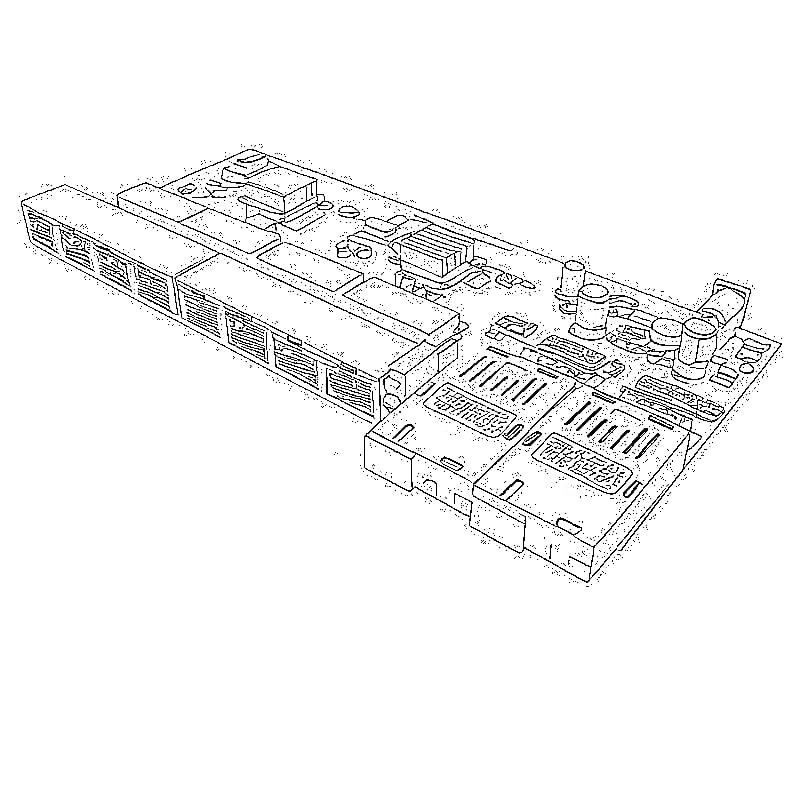
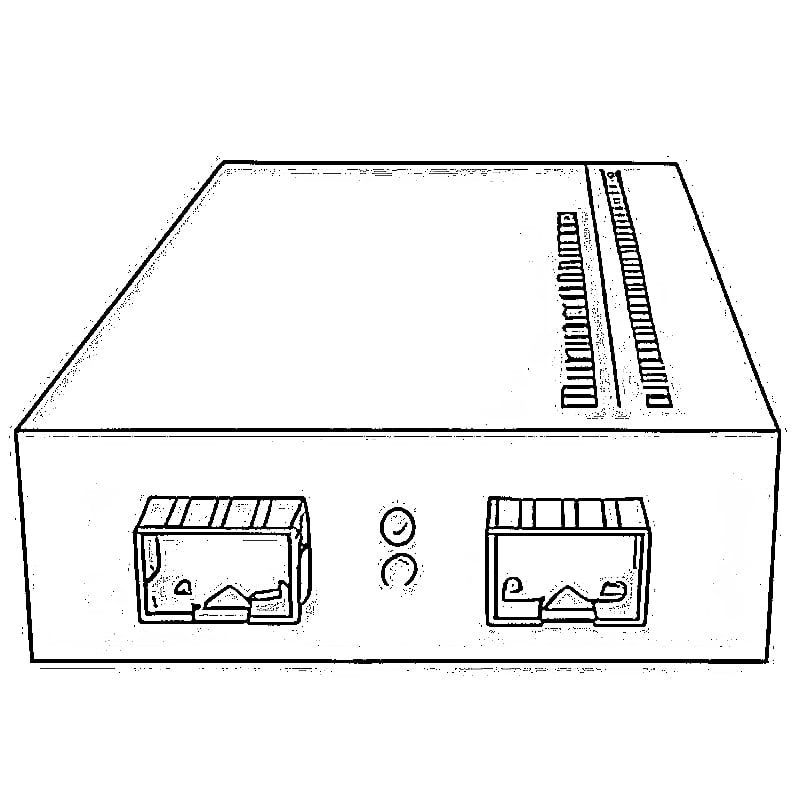
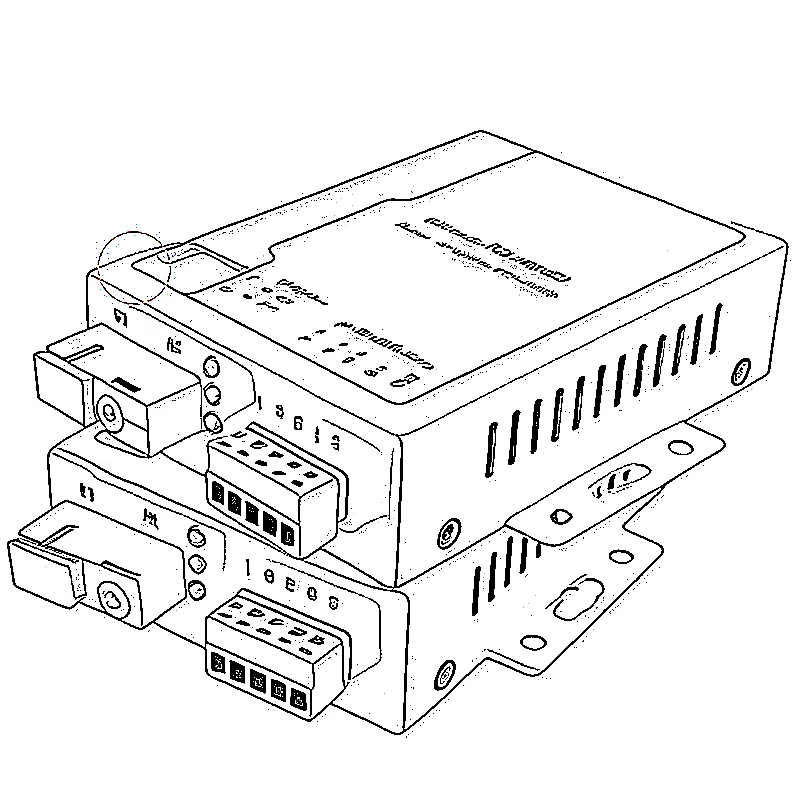
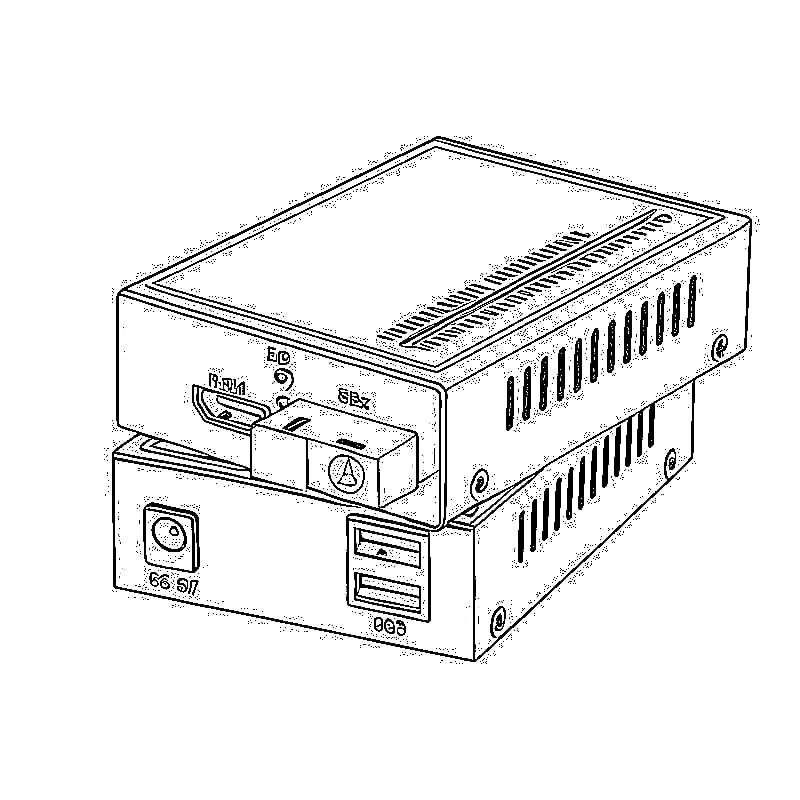
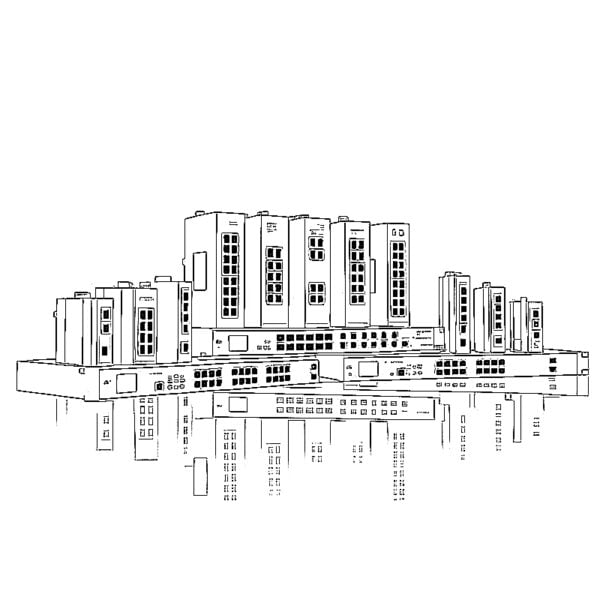
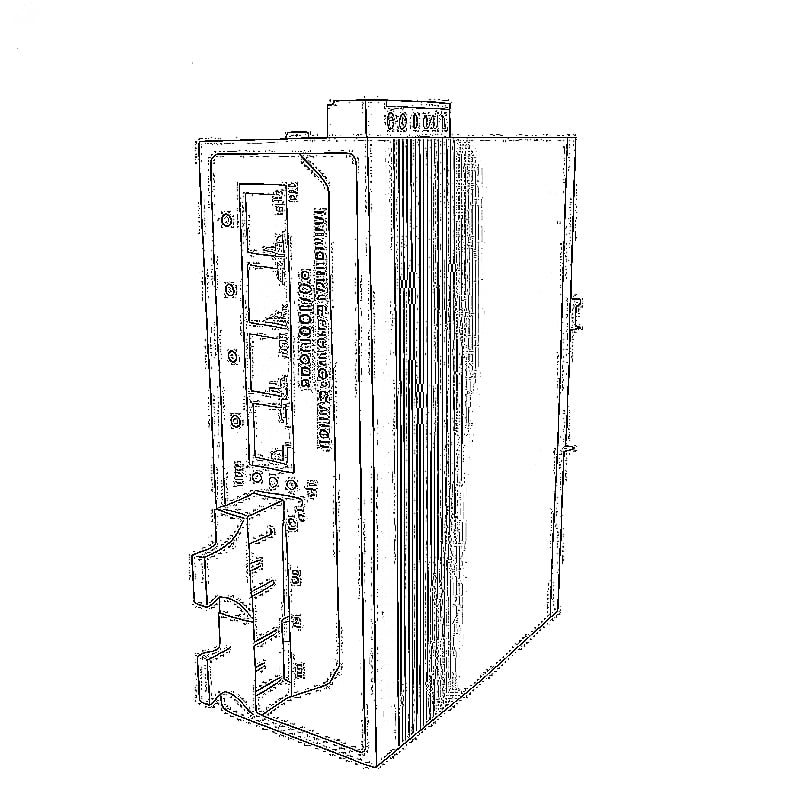
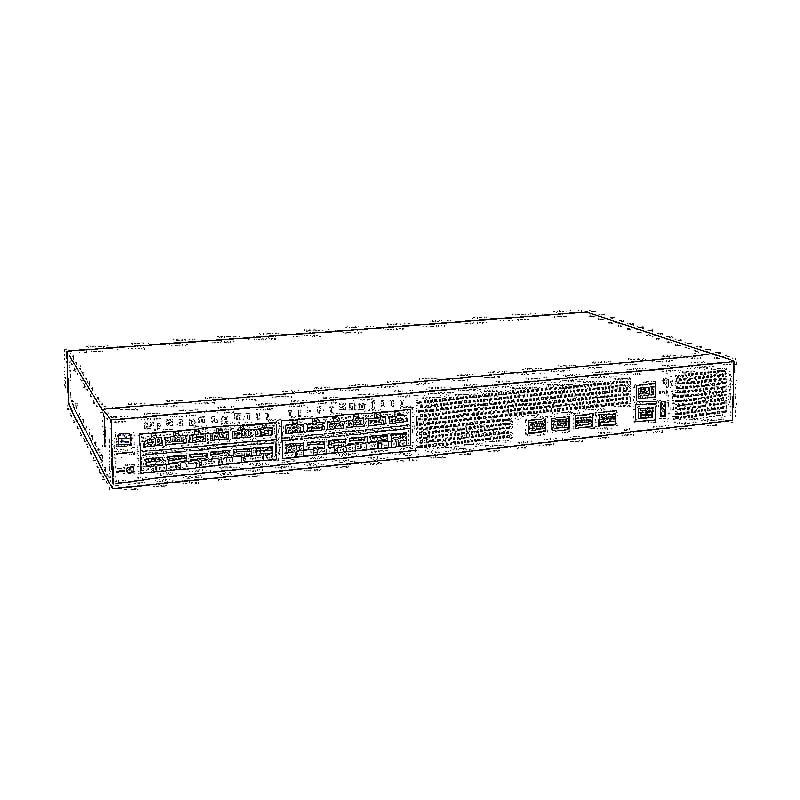
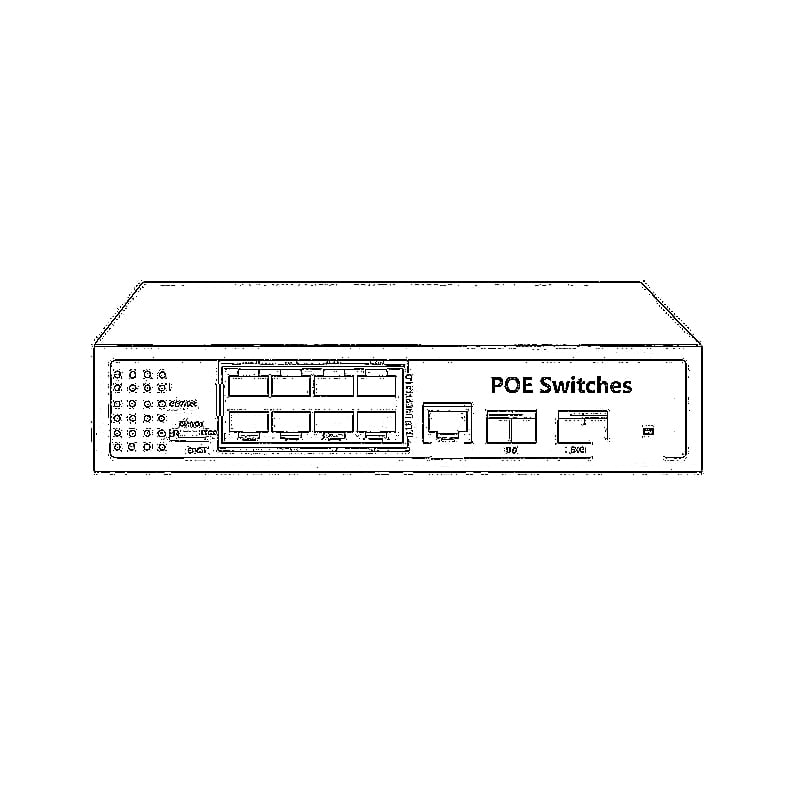
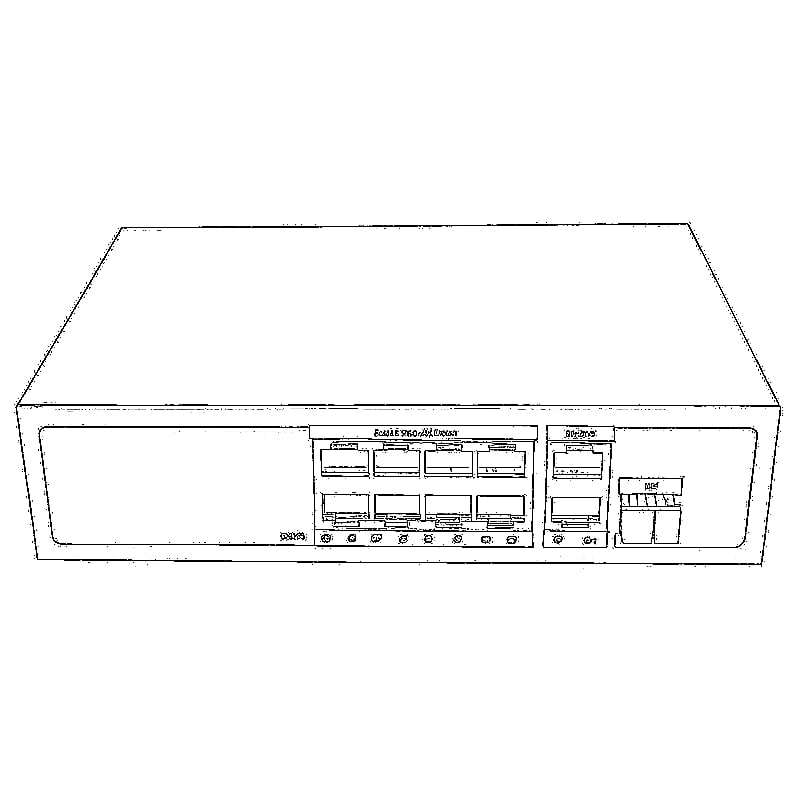
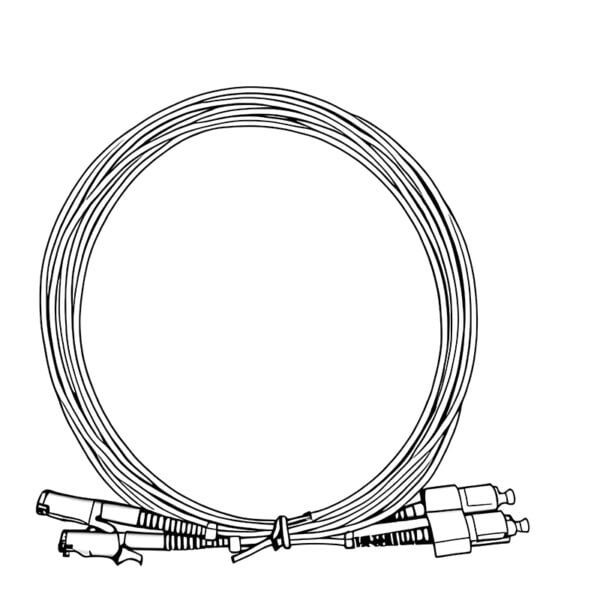
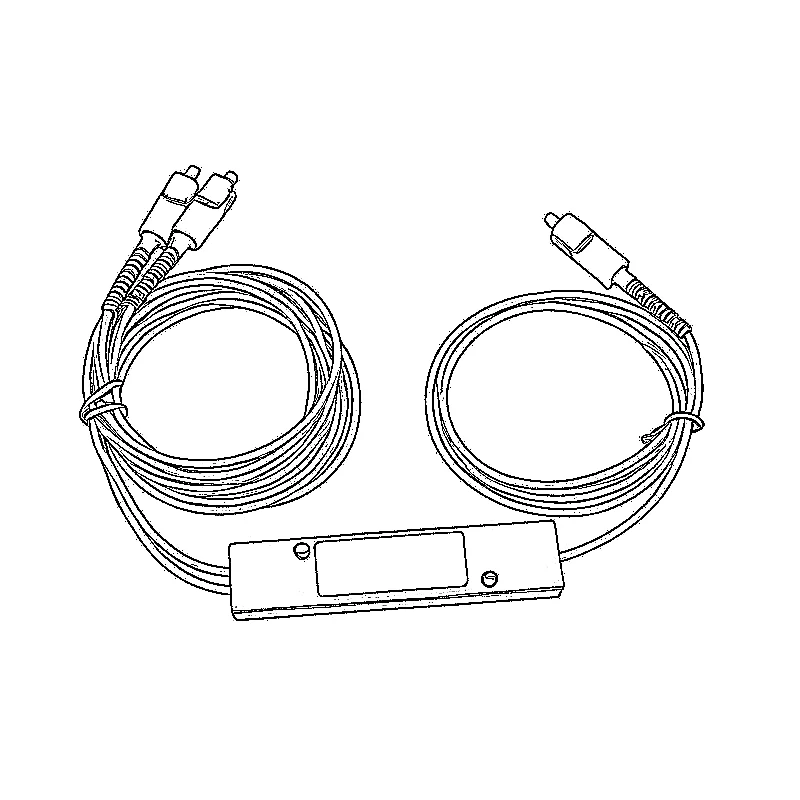
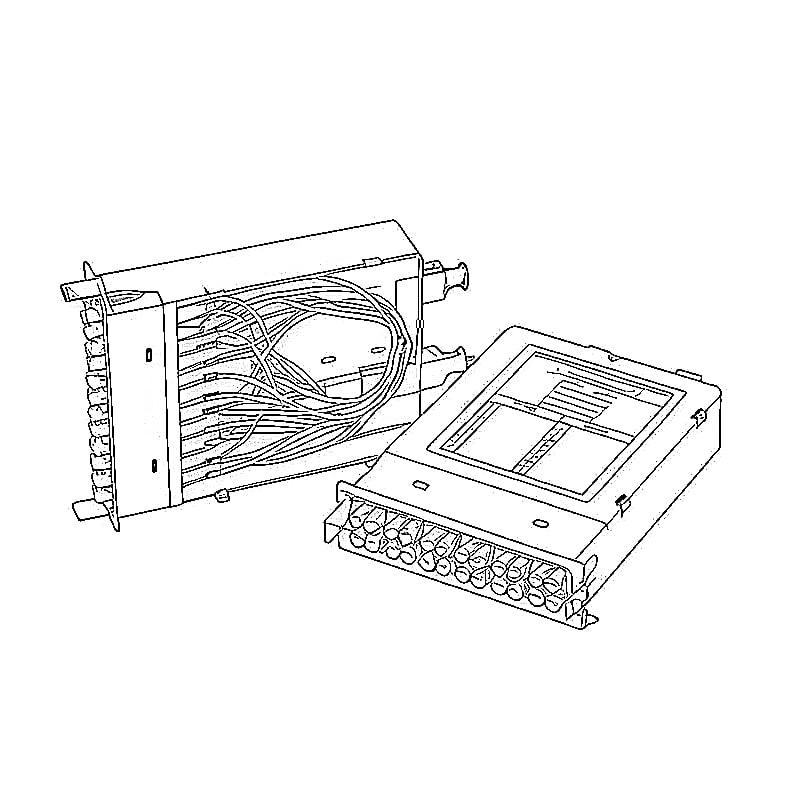
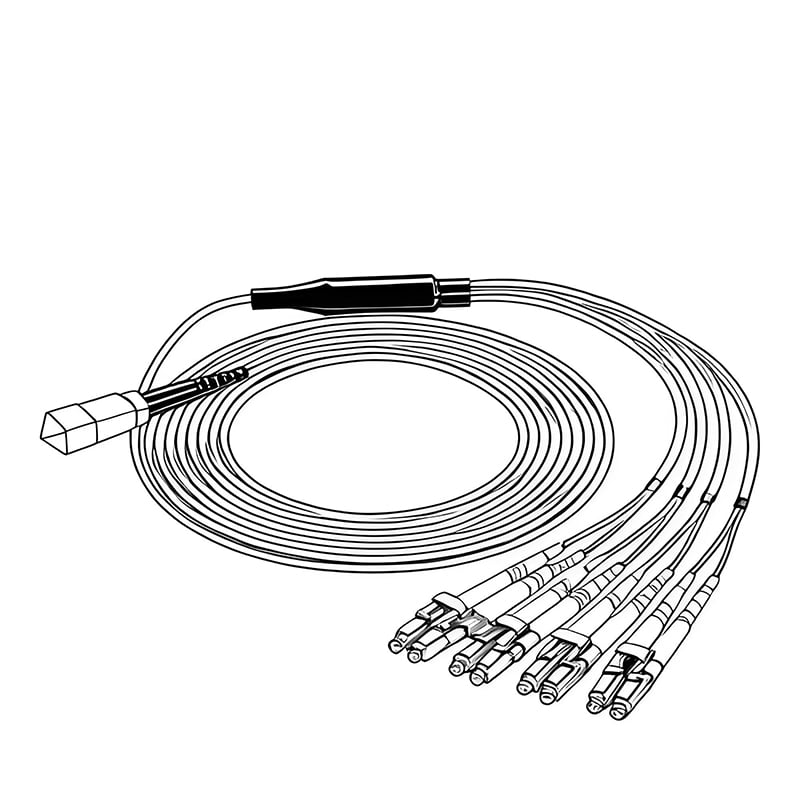
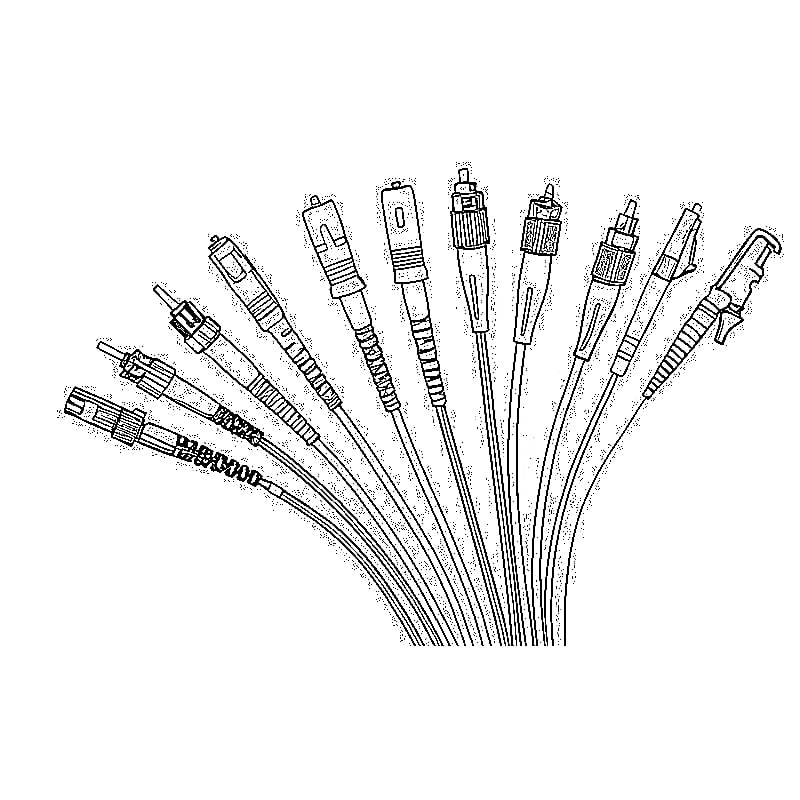
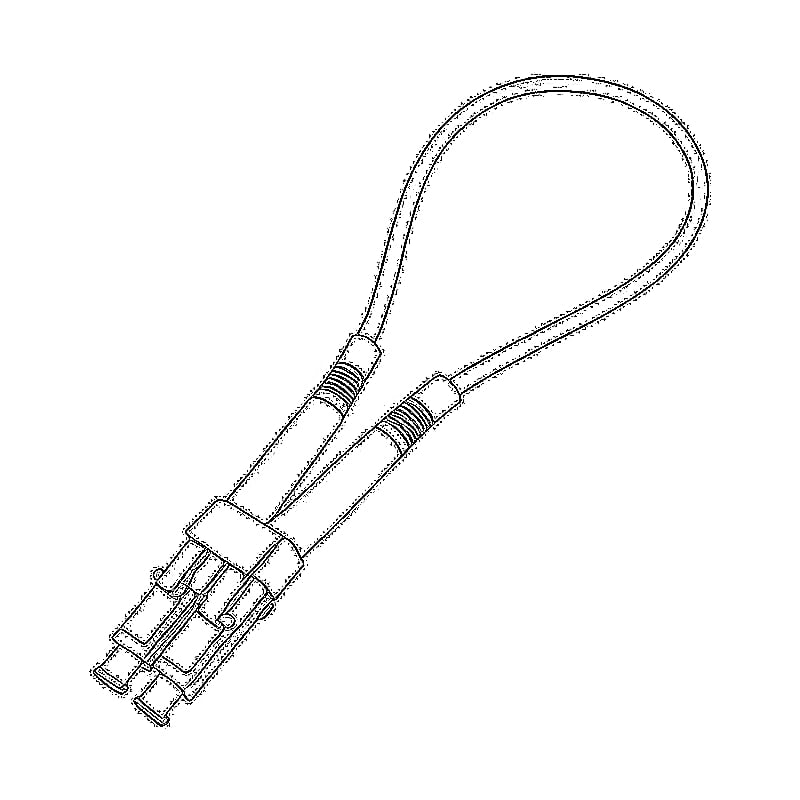
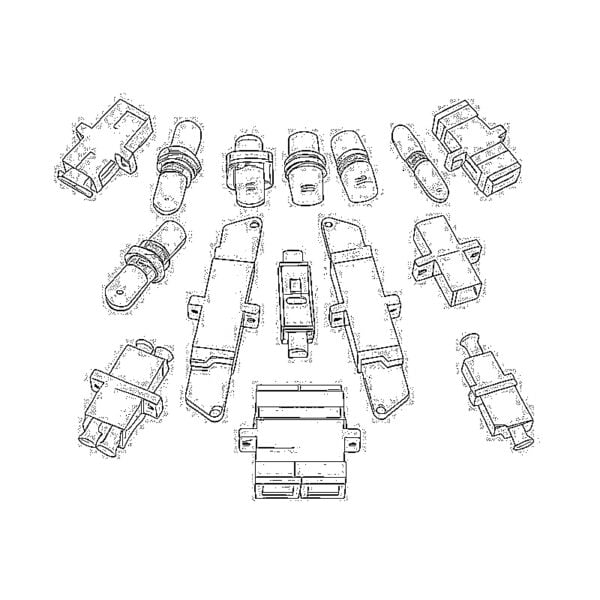
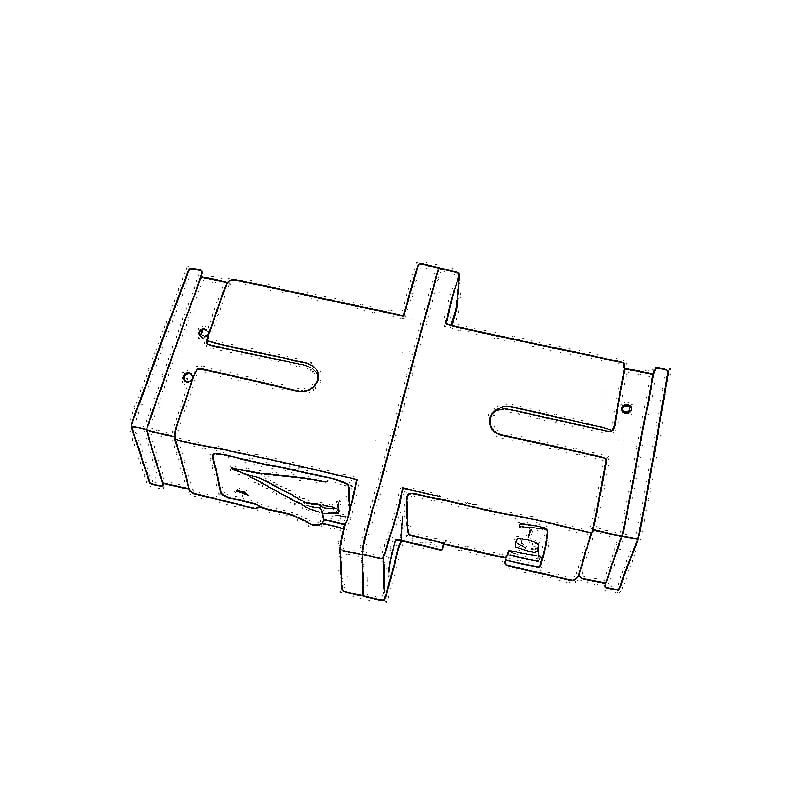
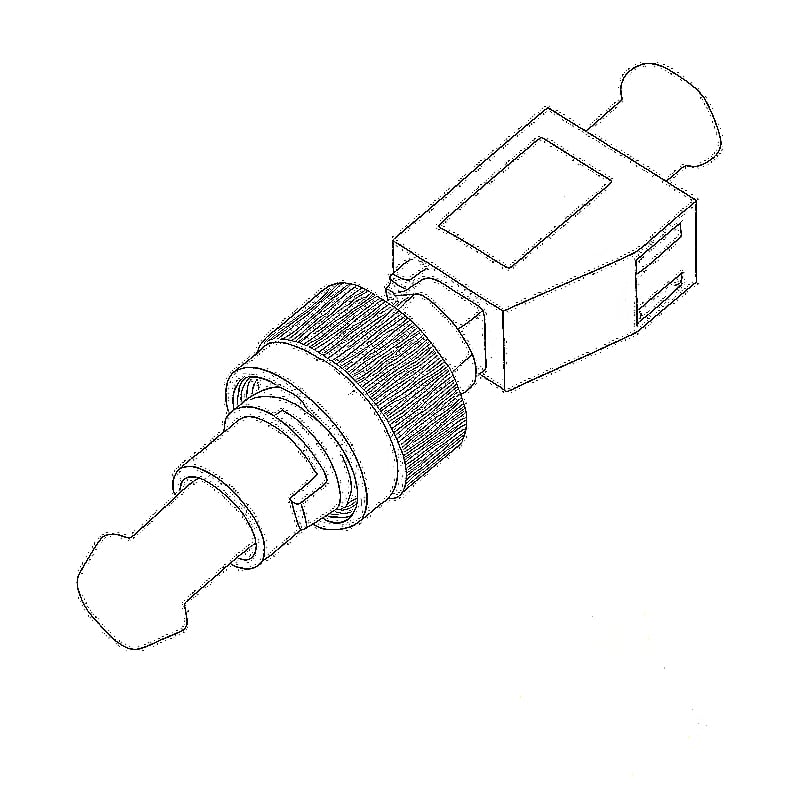
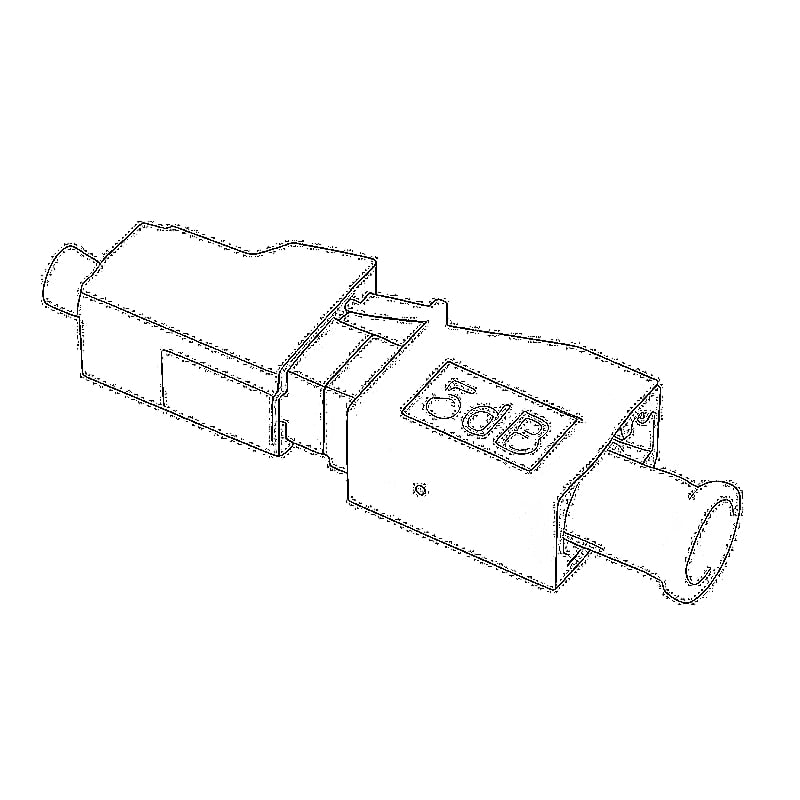
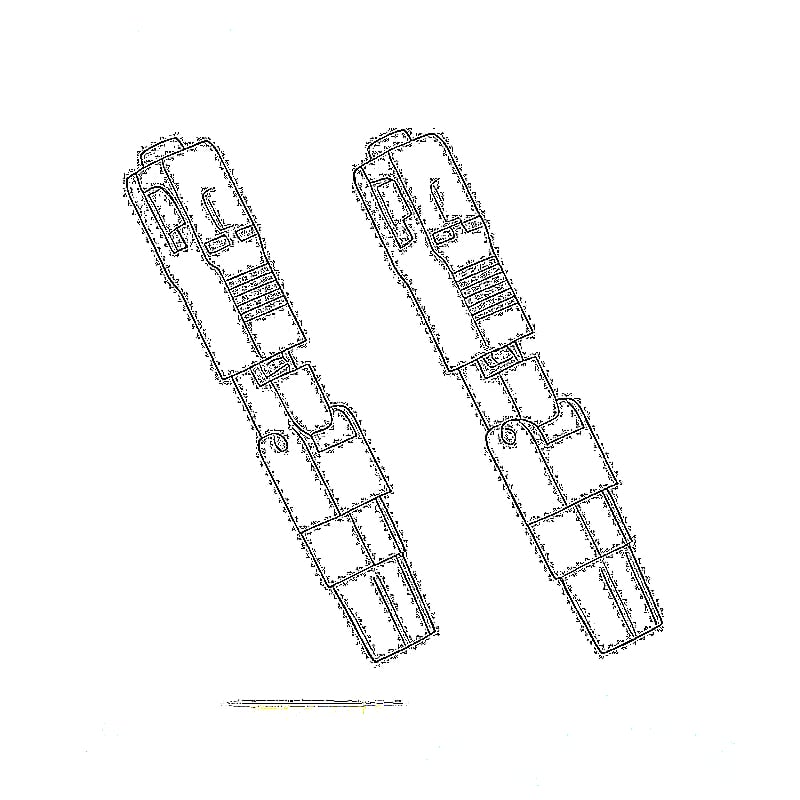
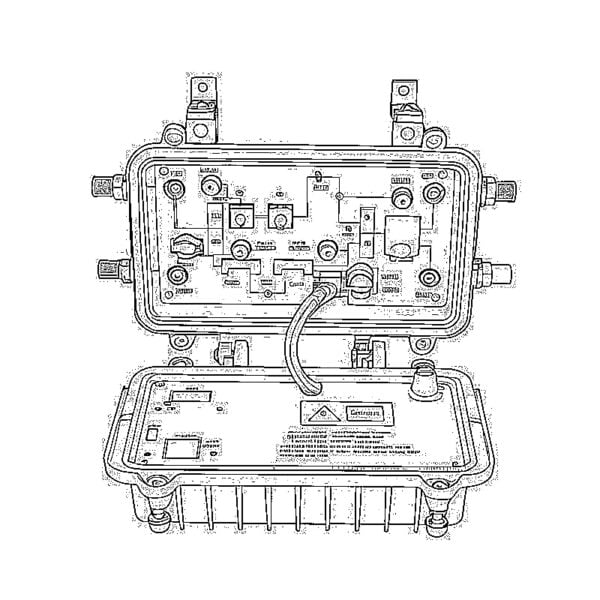
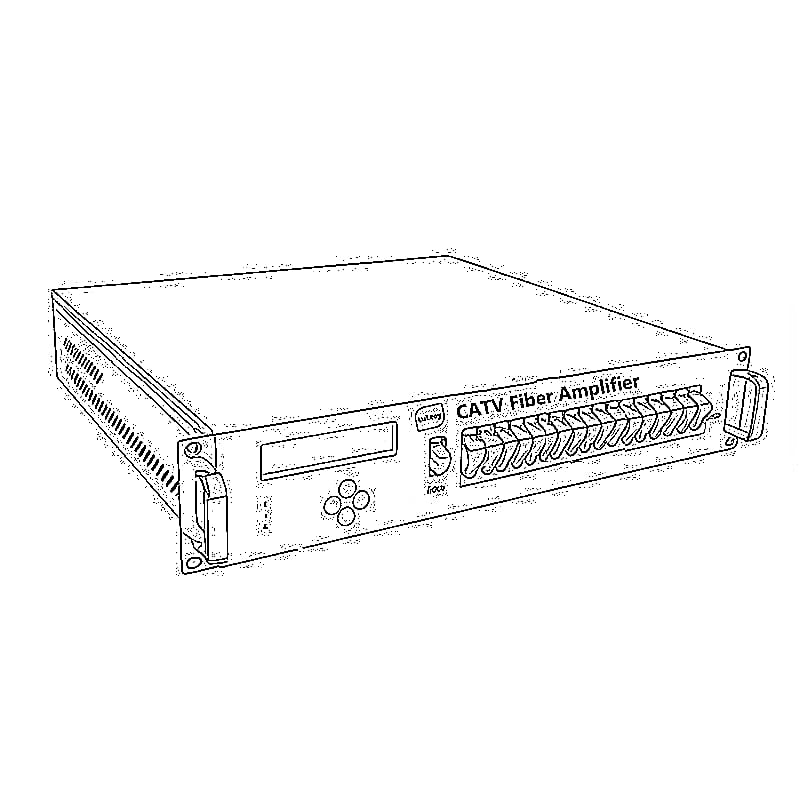
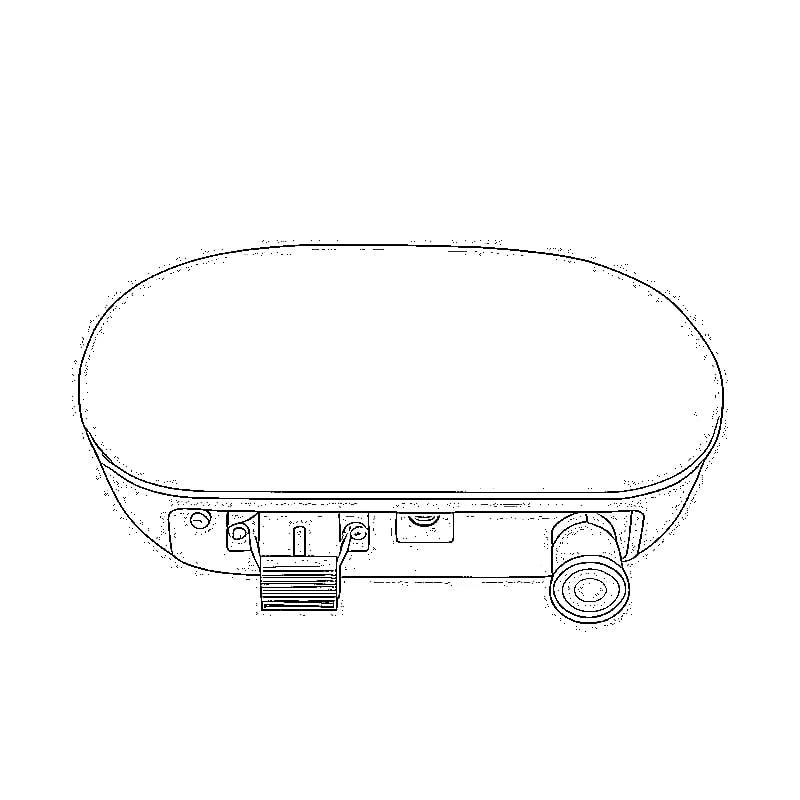
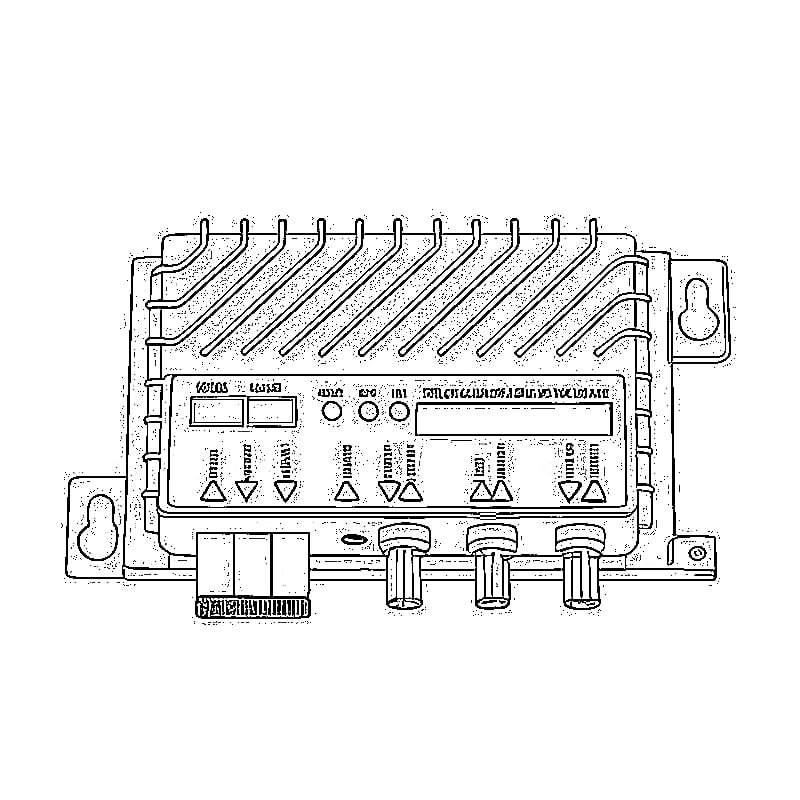
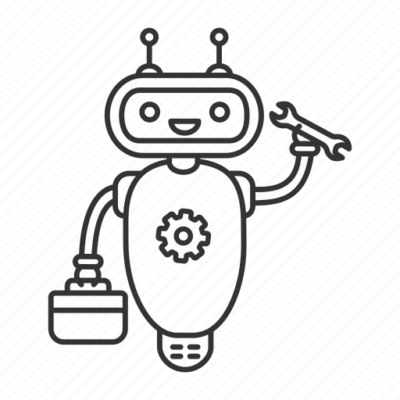
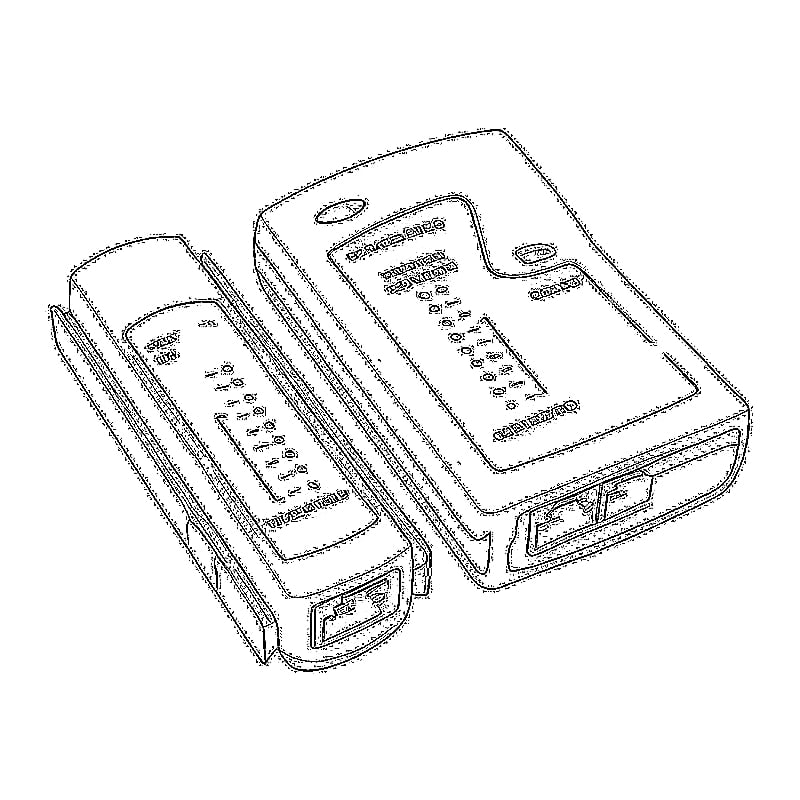
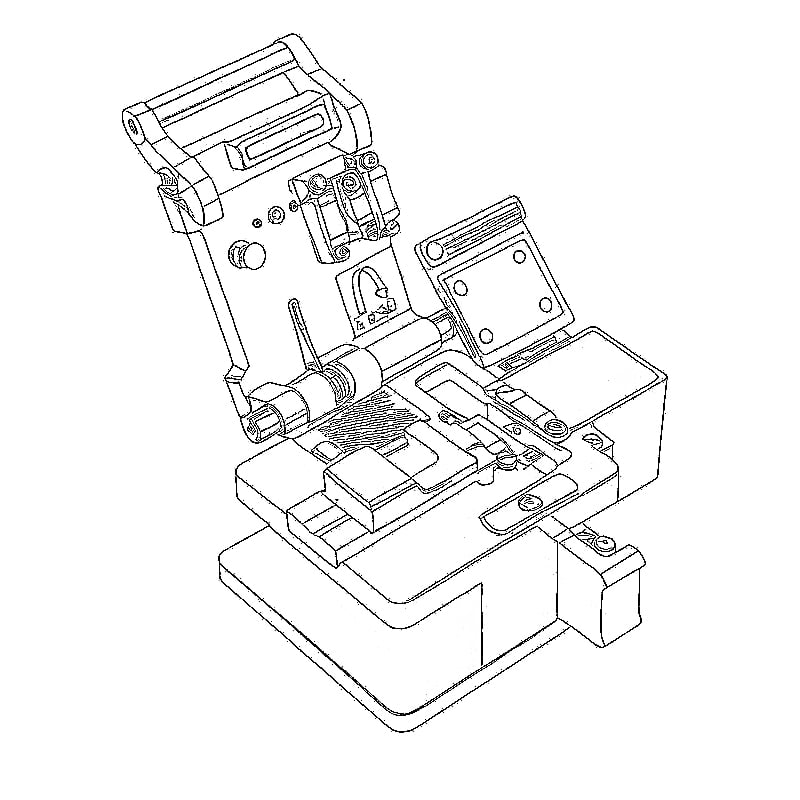
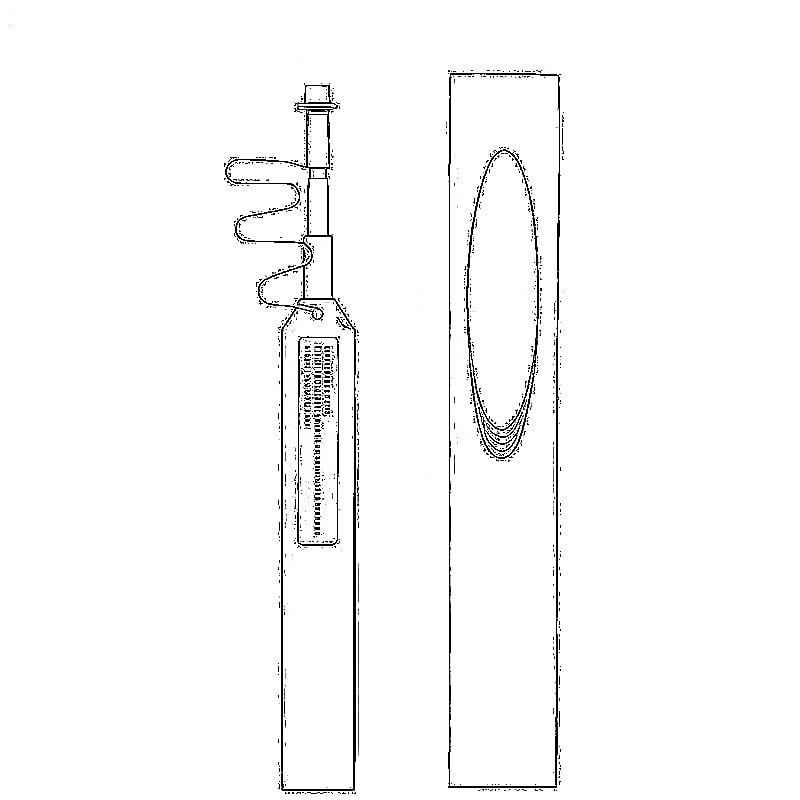
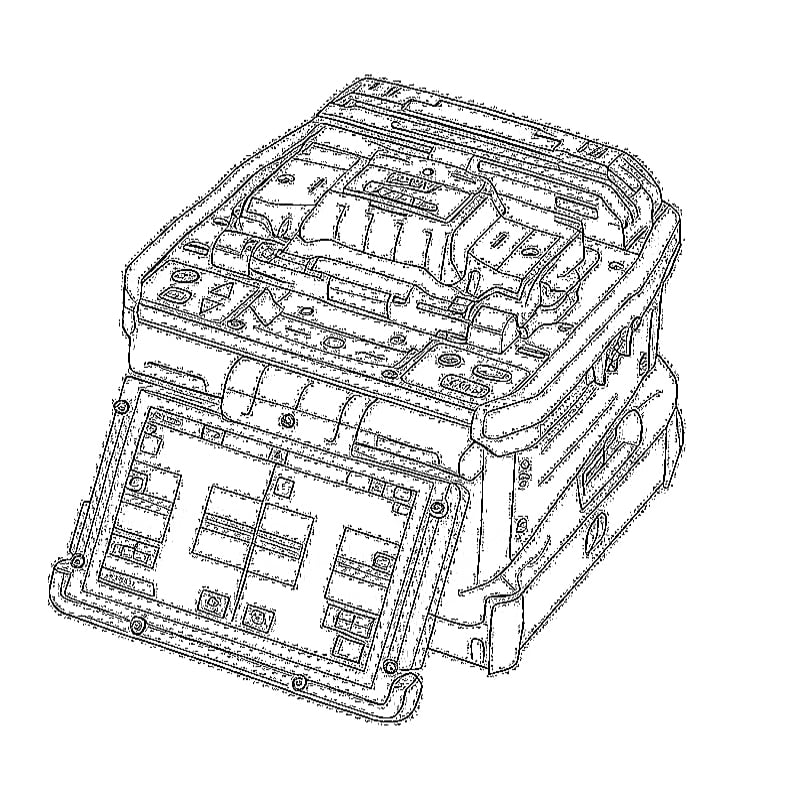
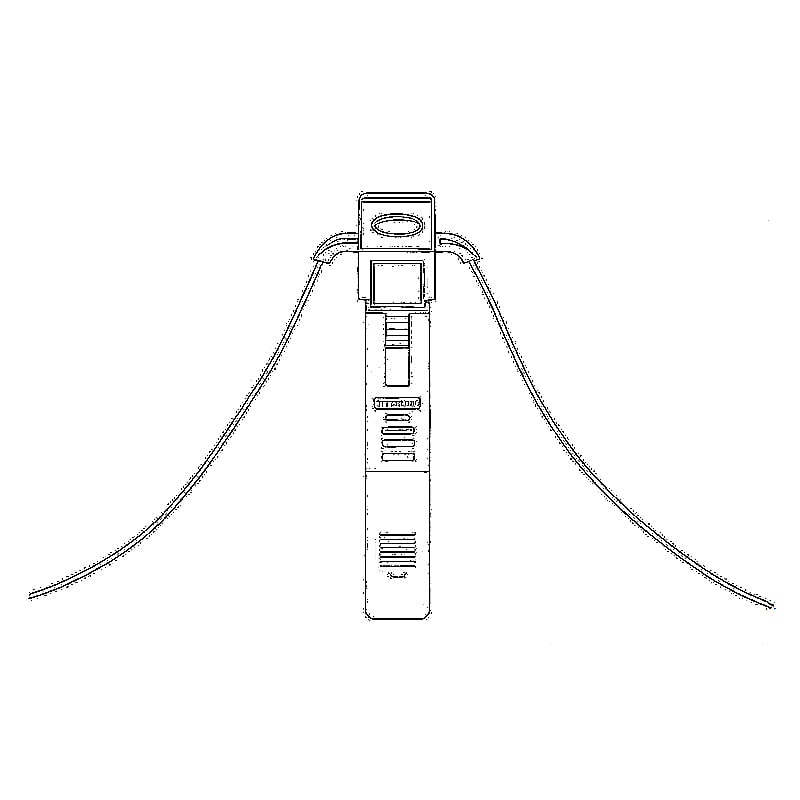
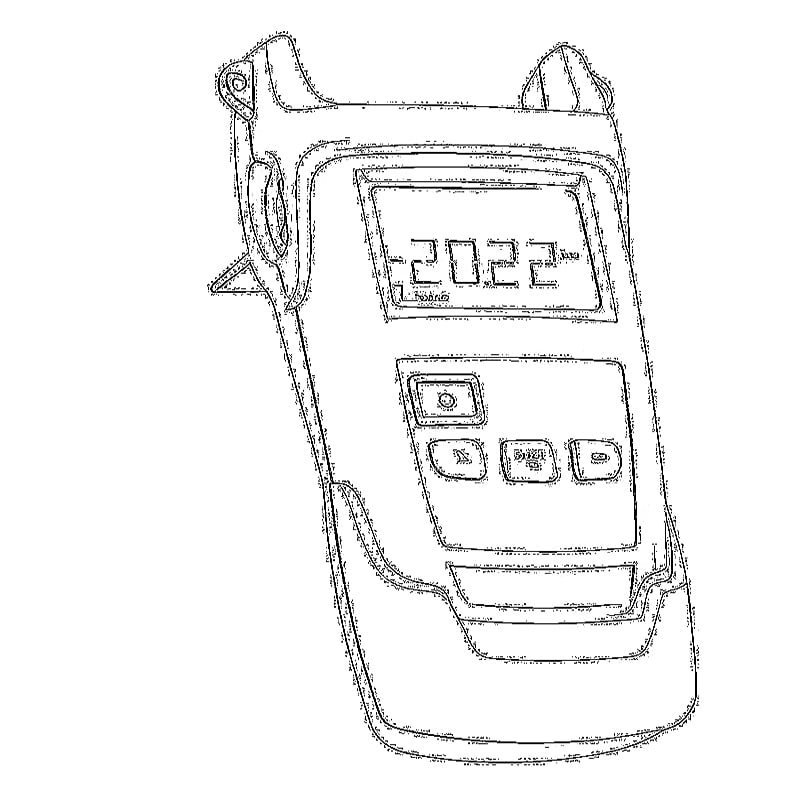
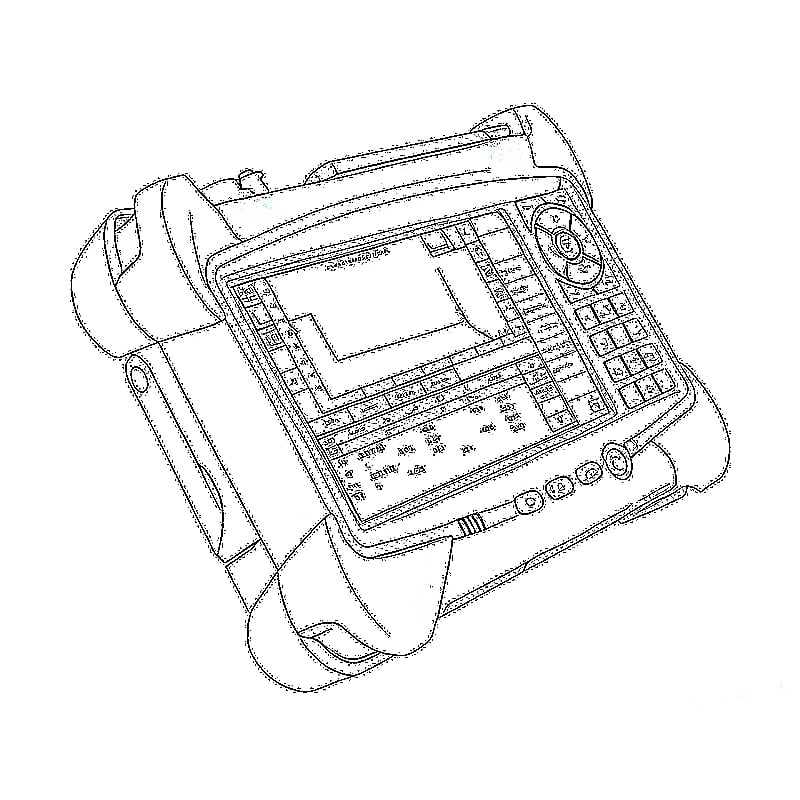
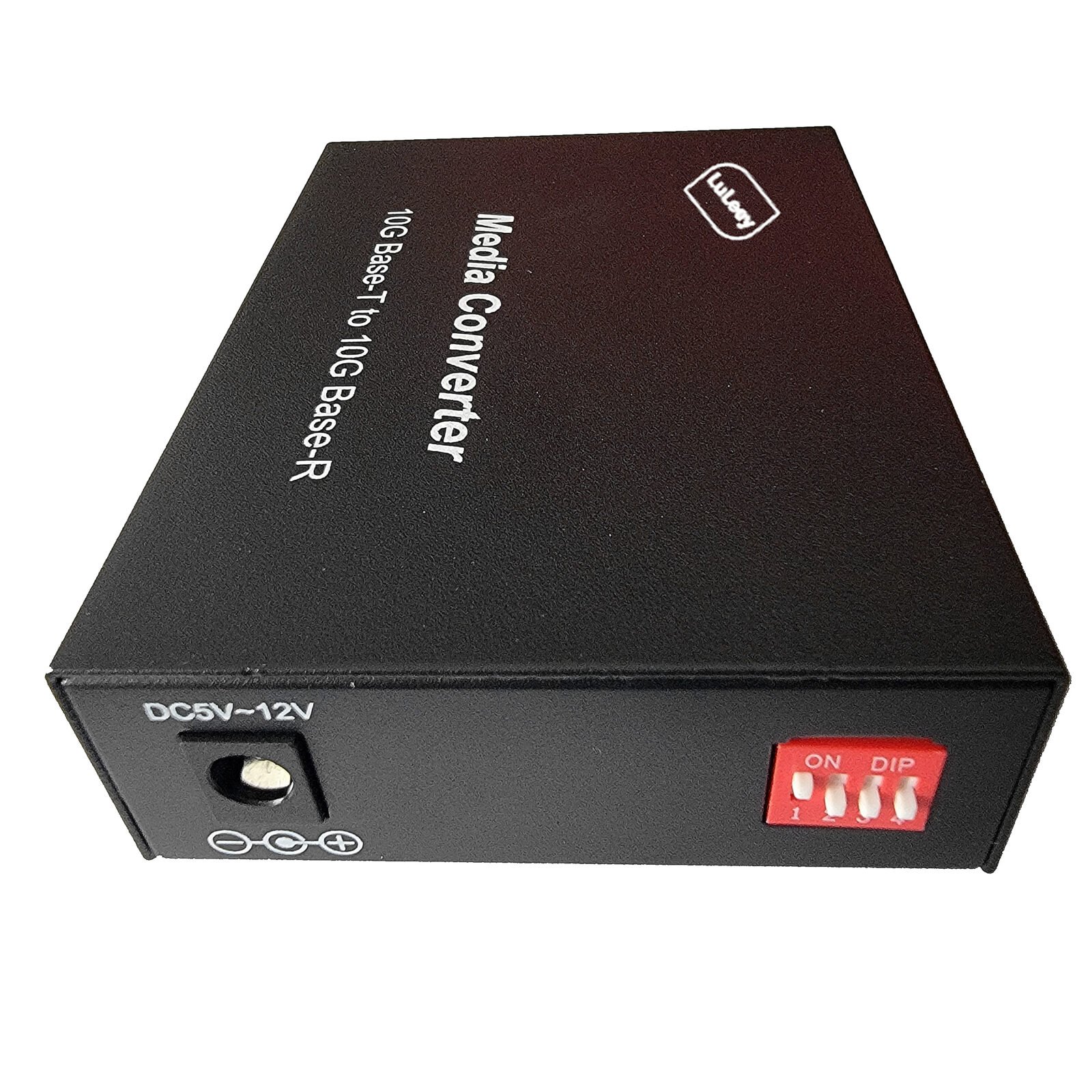
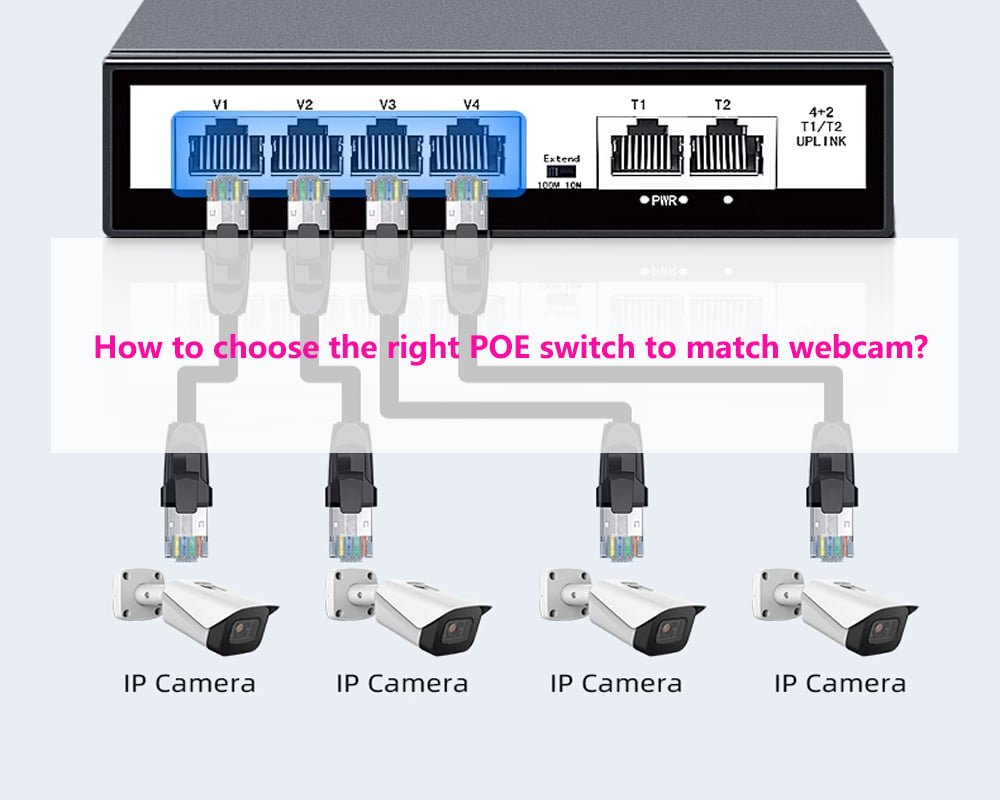
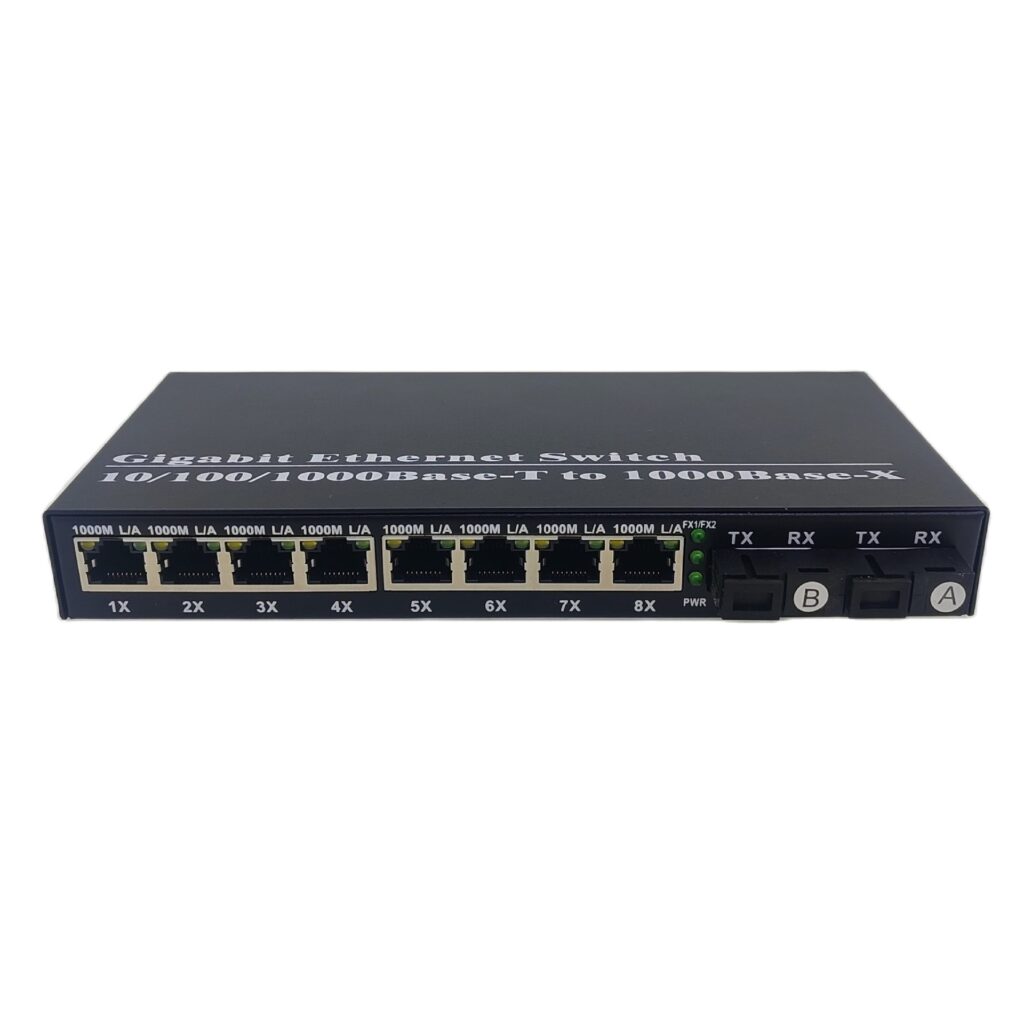
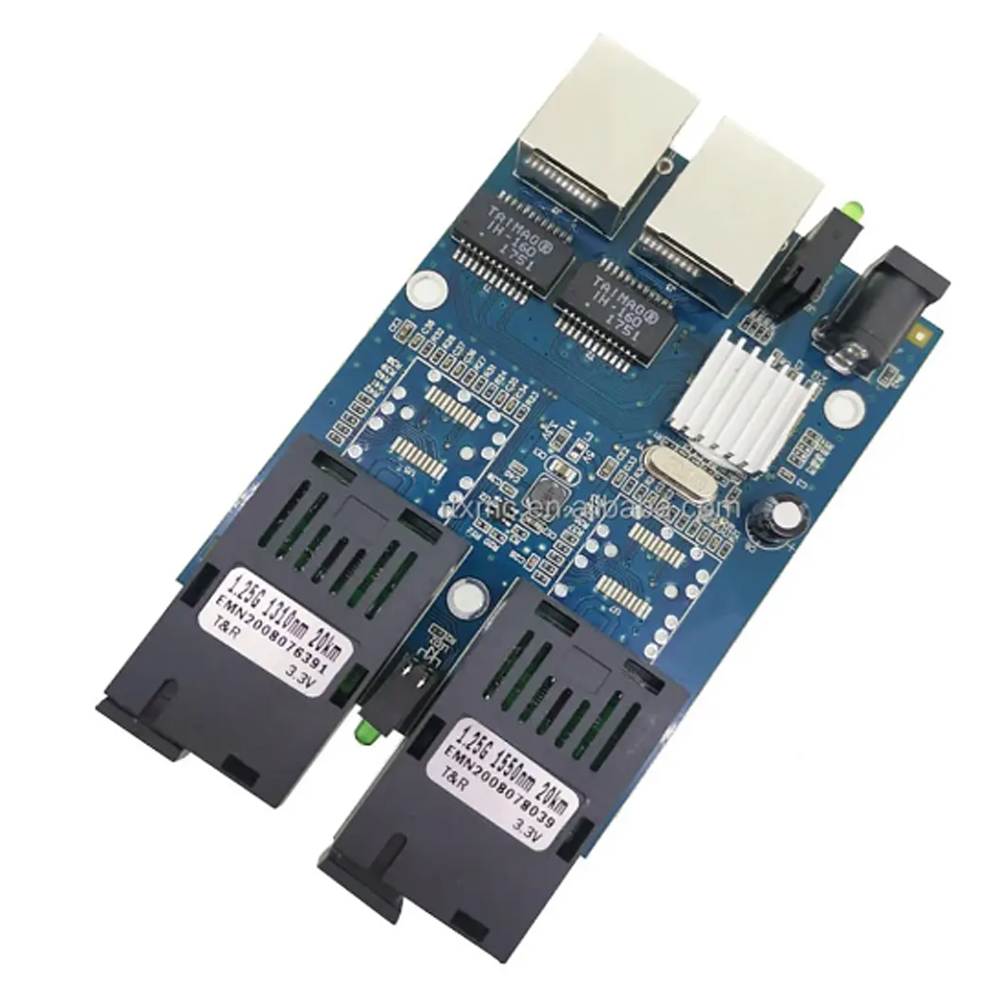
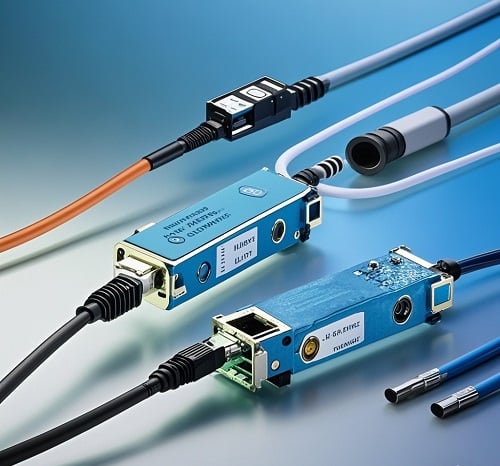
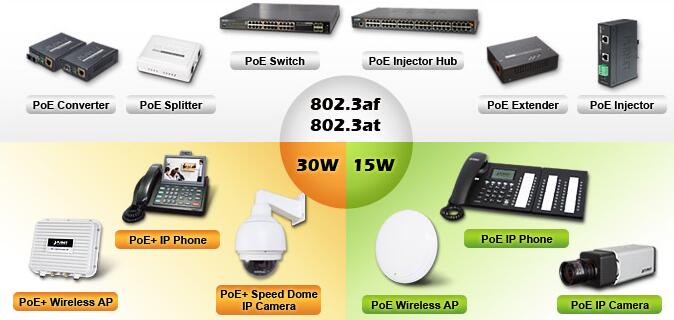
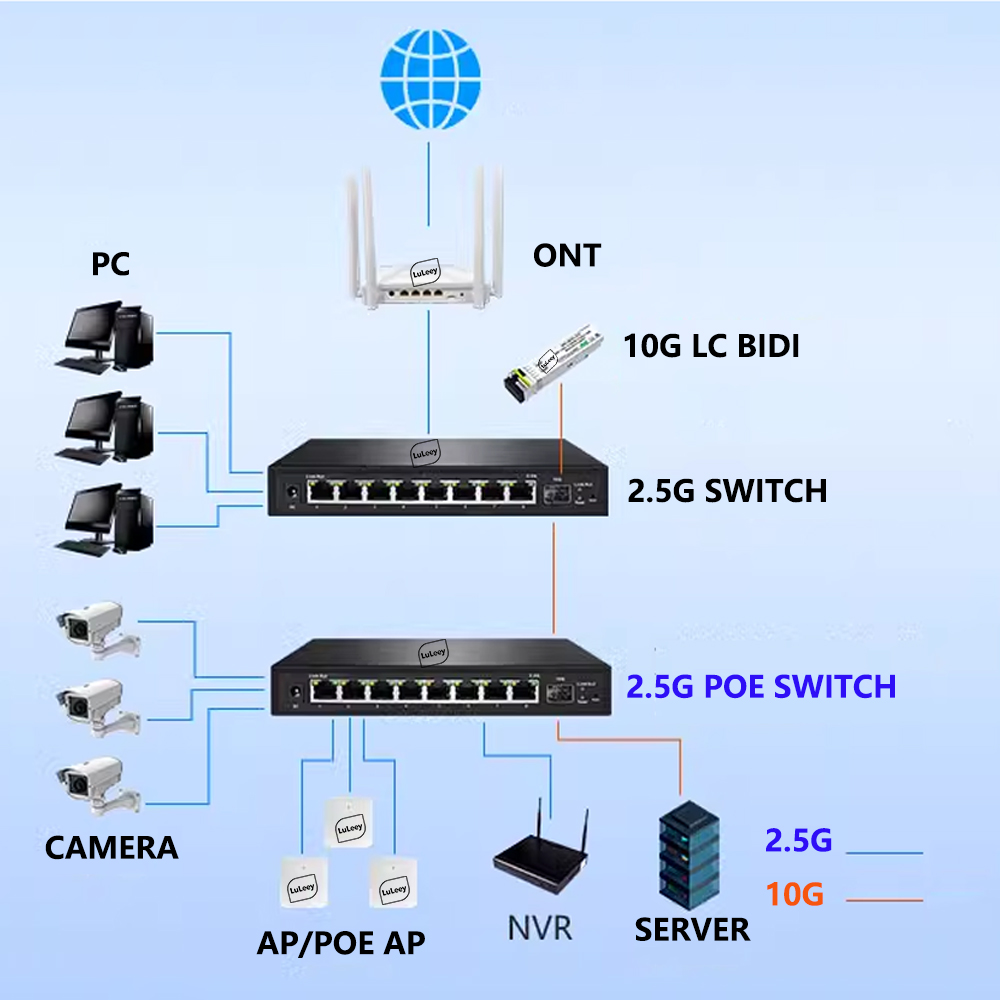

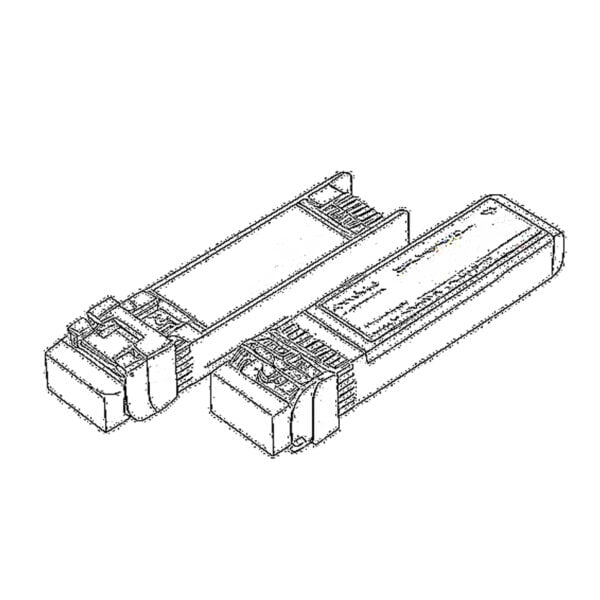 SFP/SFP+ (1G/2.5G/5G/10G)
SFP/SFP+ (1G/2.5G/5G/10G)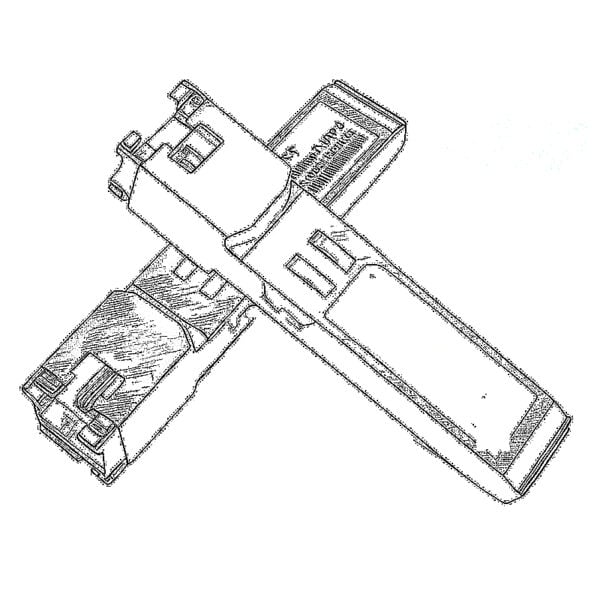 SFP-T (1G/2.5G/10G)
SFP-T (1G/2.5G/10G)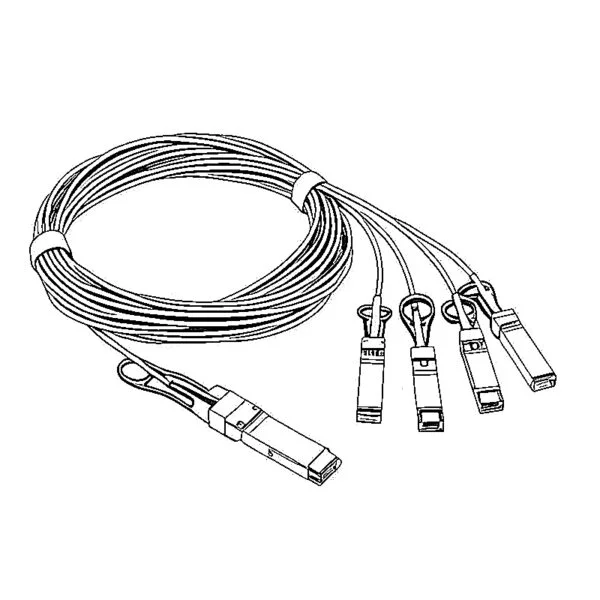 AOC Cable 10G/25G/40G/100G
AOC Cable 10G/25G/40G/100G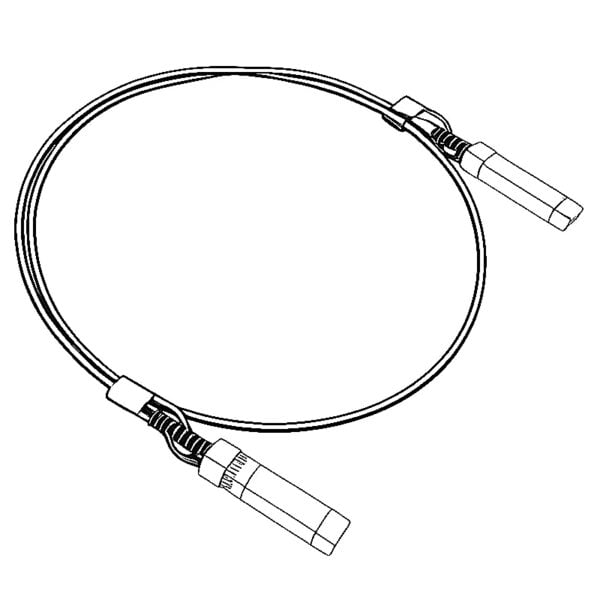 DAC Cable 10G/25G/40G/100G
DAC Cable 10G/25G/40G/100G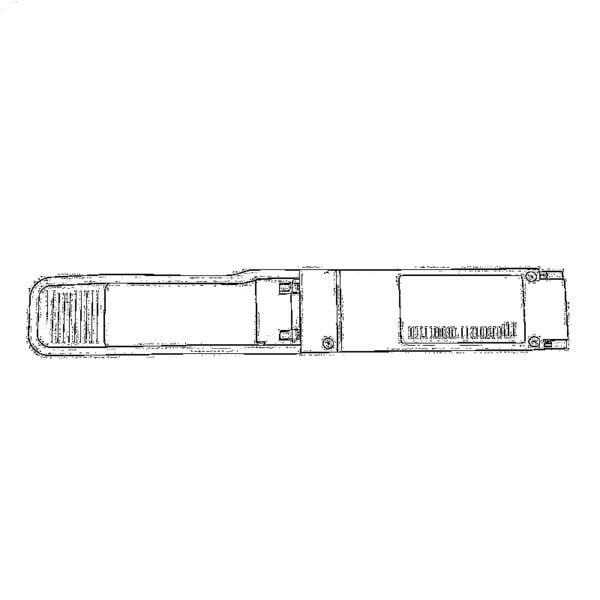 QSFP28 QSFP+ SFP28 100G/40G/25G
QSFP28 QSFP+ SFP28 100G/40G/25G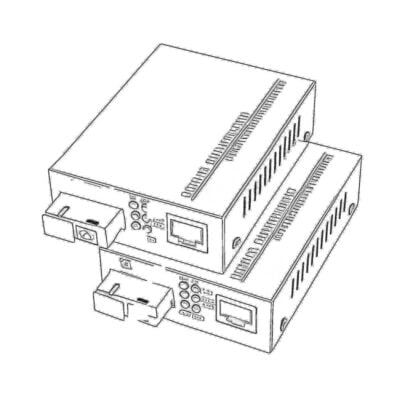 Copper to Fiber Media Converters
Copper to Fiber Media Converters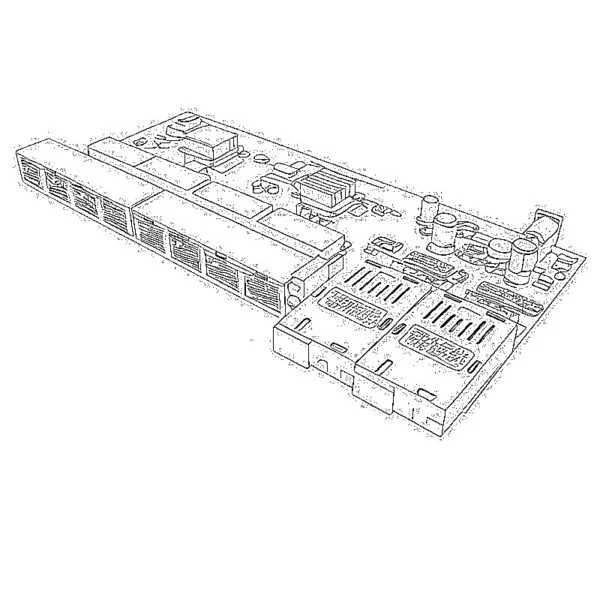 Fiber Media Converter PCBA Board
Fiber Media Converter PCBA Board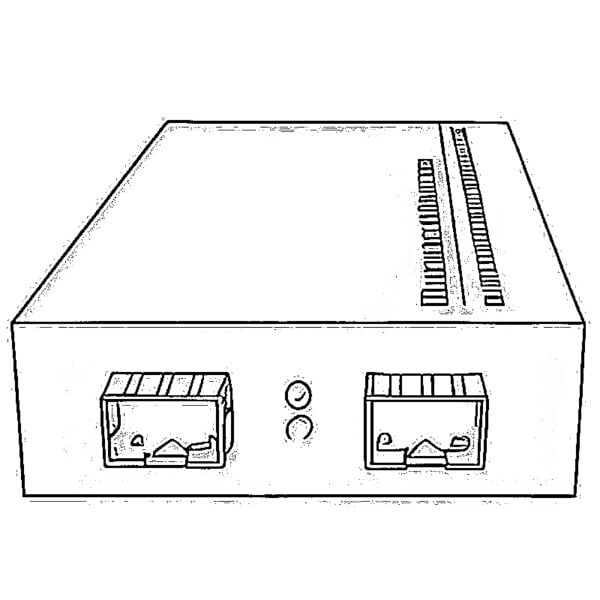 OEO Fiber Media Converters
OEO Fiber Media Converters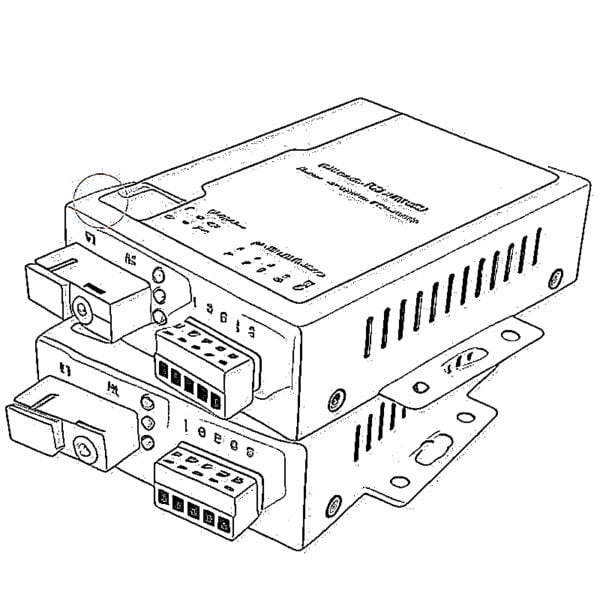 Serial to Fiber Media Converters
Serial to Fiber Media Converters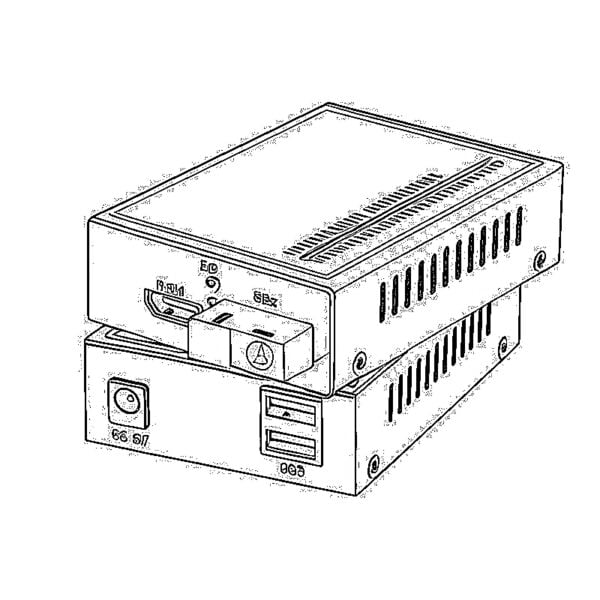 Video to Fiber Media Converters
Video to Fiber Media Converters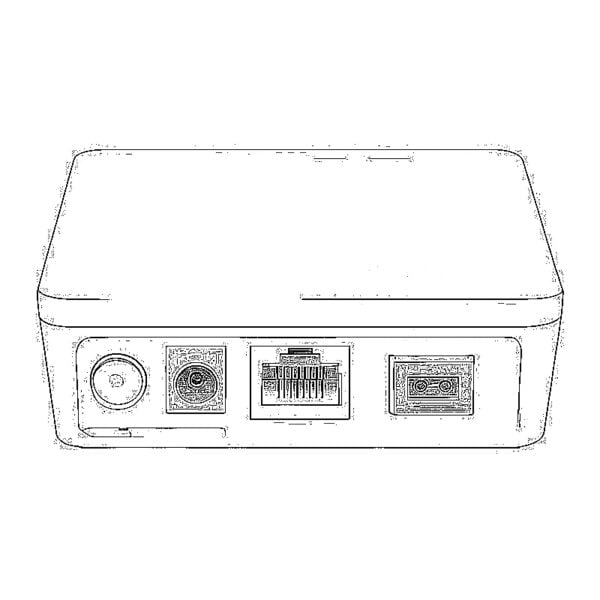 1000M GPON/EPON ONU
1000M GPON/EPON ONU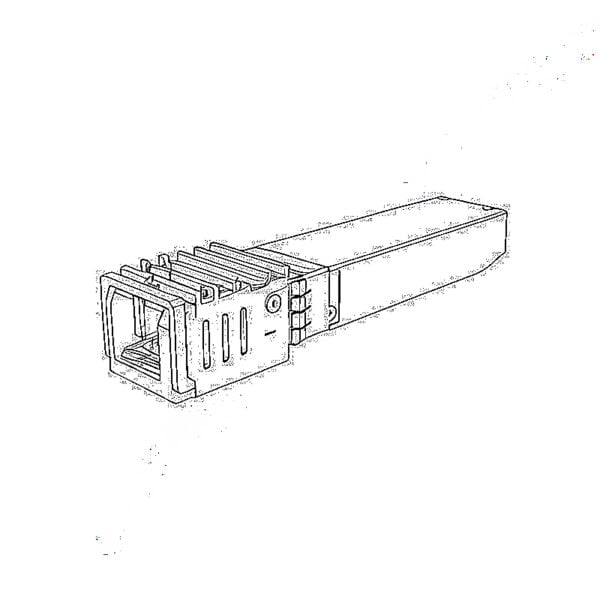 10G EPON ONU/XG-PON/XGS-PON
10G EPON ONU/XG-PON/XGS-PON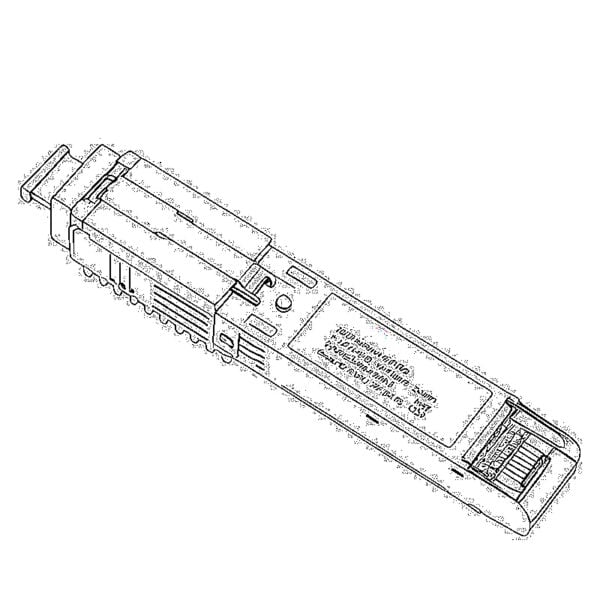 2.5G GPON/XPON STICK SFP ONU
2.5G GPON/XPON STICK SFP ONU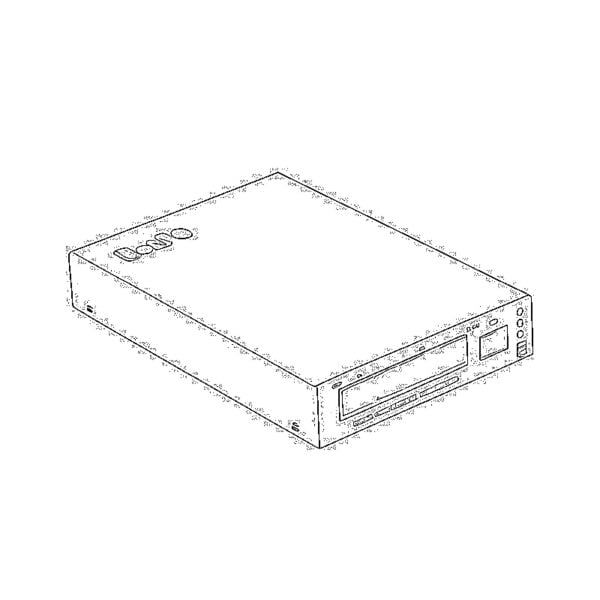 POE GPON/EPON ONU
POE GPON/EPON ONU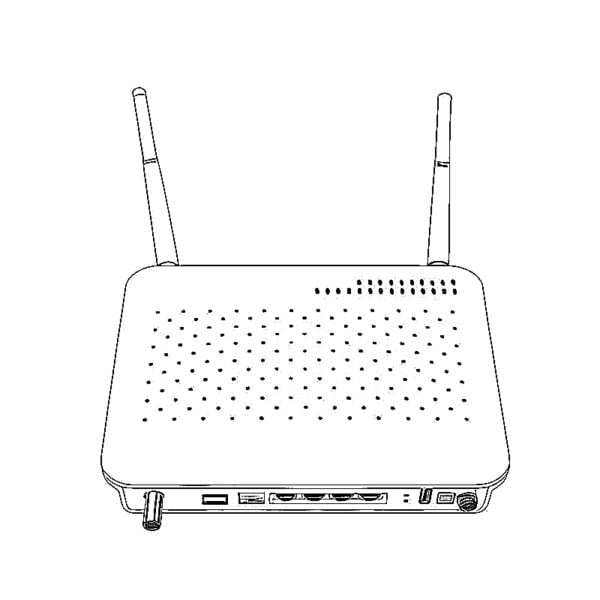 Wireless GPON/EPON ONT
Wireless GPON/EPON ONT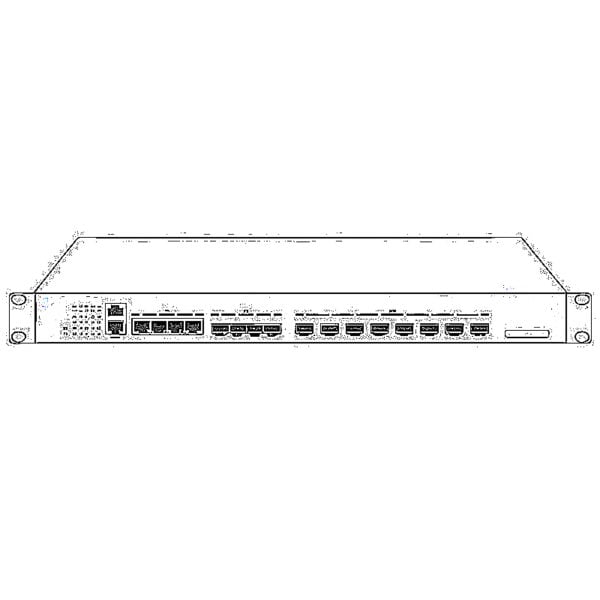 EPON OLT
EPON OLT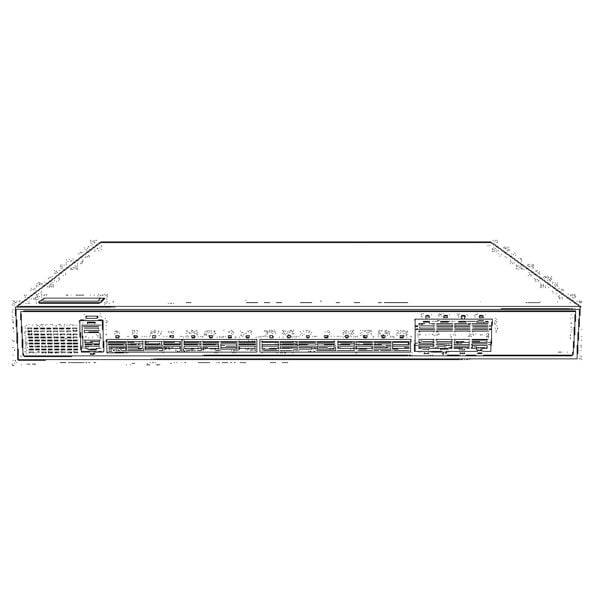 GPON OLT
GPON OLT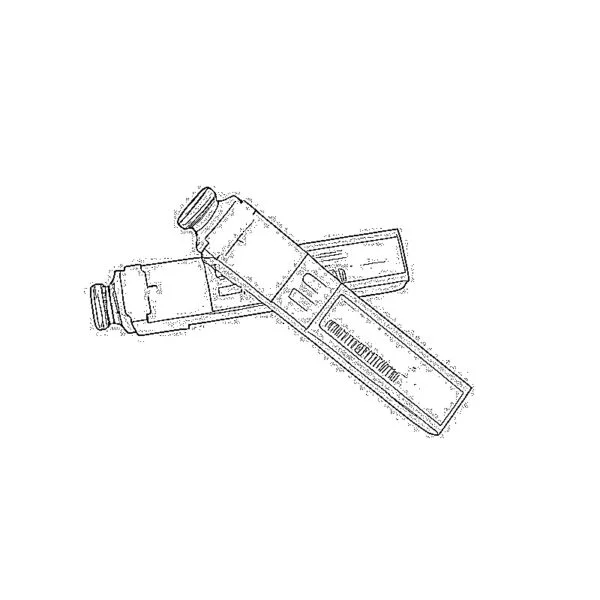 SFP PON Module
SFP PON Module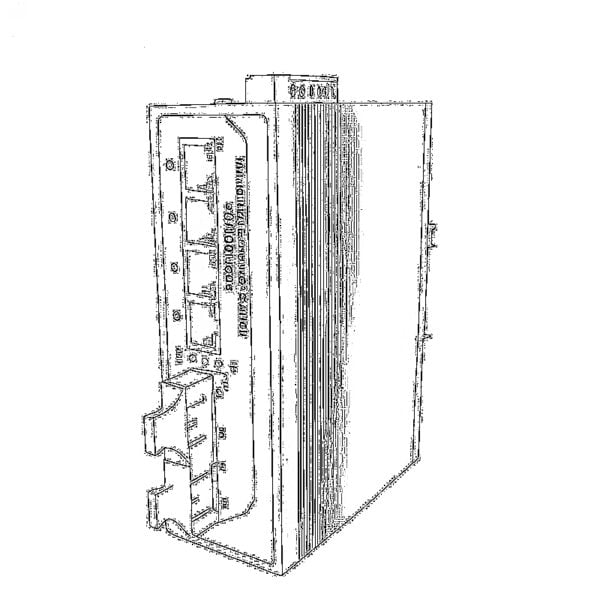 Industrial Switches
Industrial Switches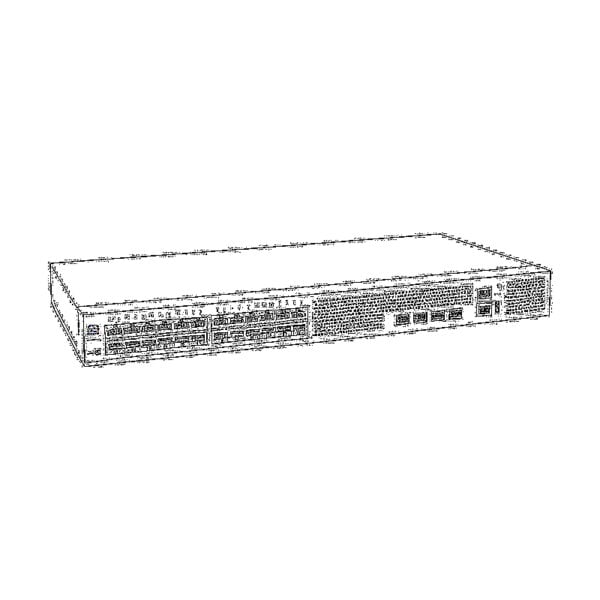 Managed Switches
Managed Switches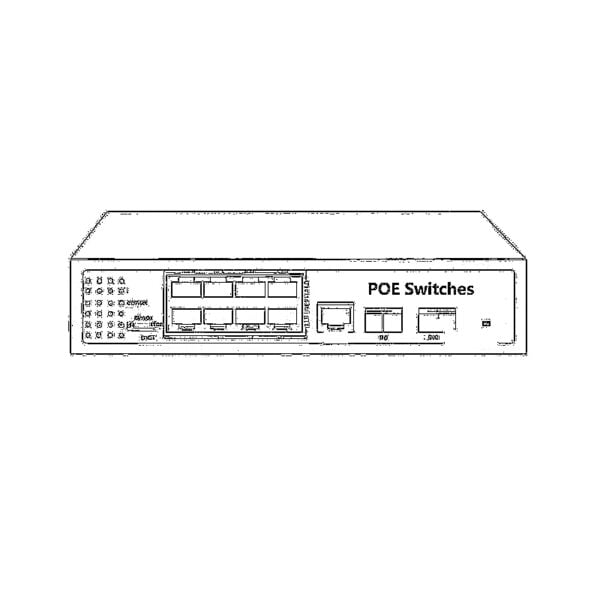 POE Switches
POE Switches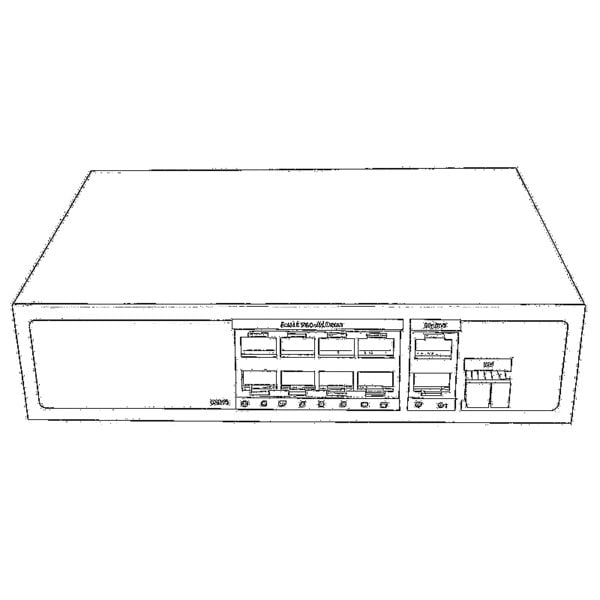 Unmanaged Switches
Unmanaged Switches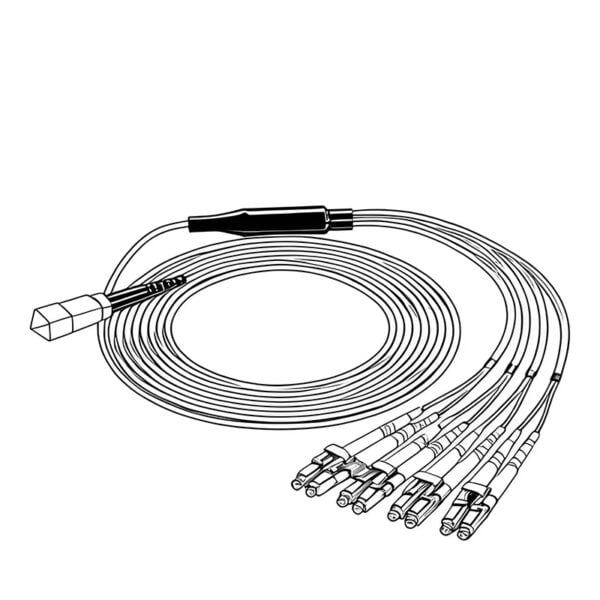 MTP/MPO Fiber Cables
MTP/MPO Fiber Cables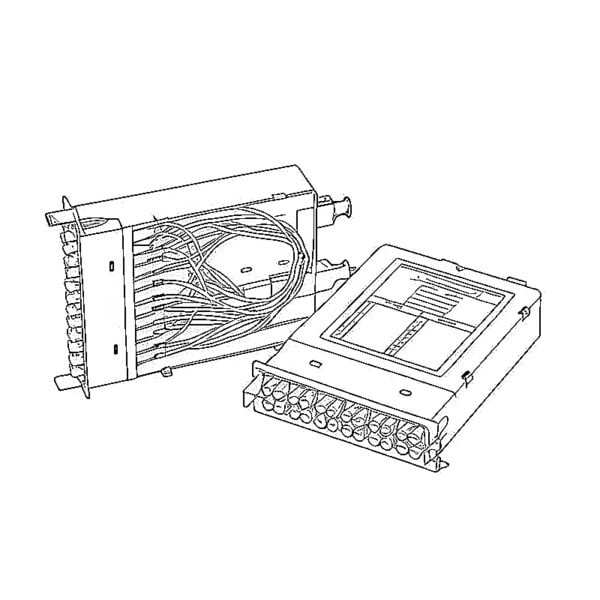 Fiber Optic Cassettes
Fiber Optic Cassettes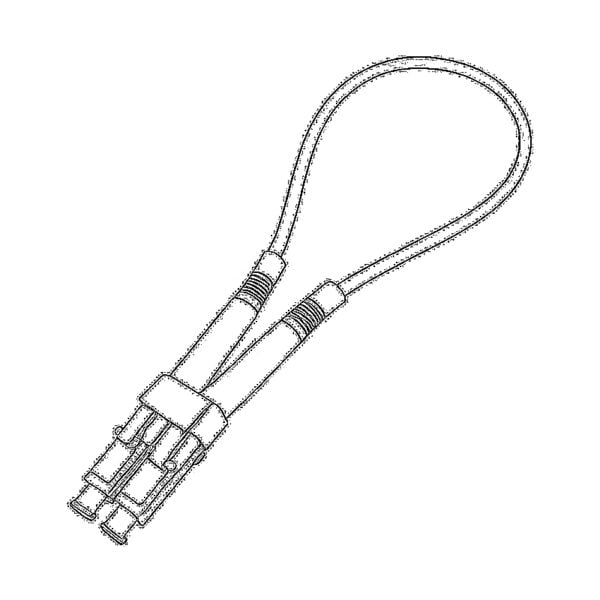 Fiber Optic Loopback
Fiber Optic Loopback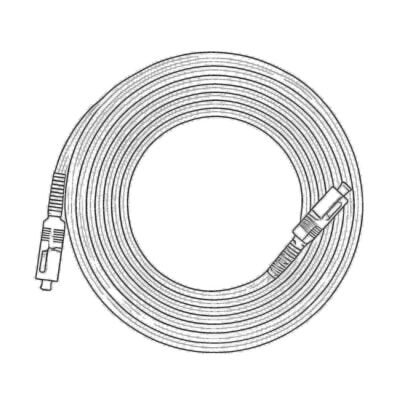 Optic Cables and Fiber Pigtails
Optic Cables and Fiber Pigtails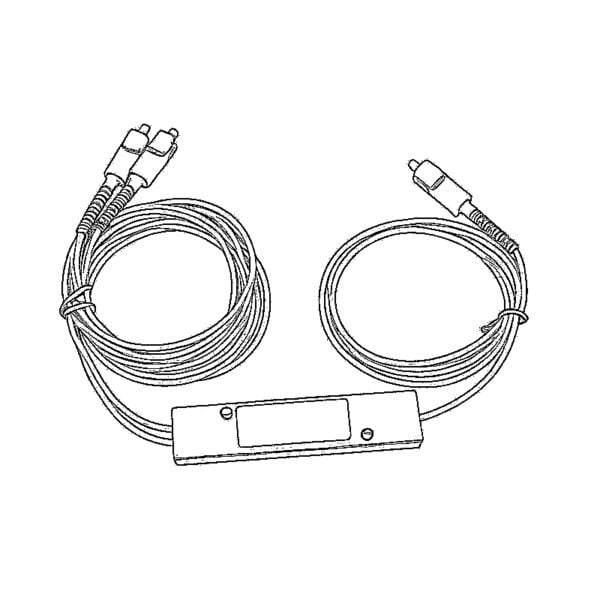 Optical Splitters and Splitter Box
Optical Splitters and Splitter Box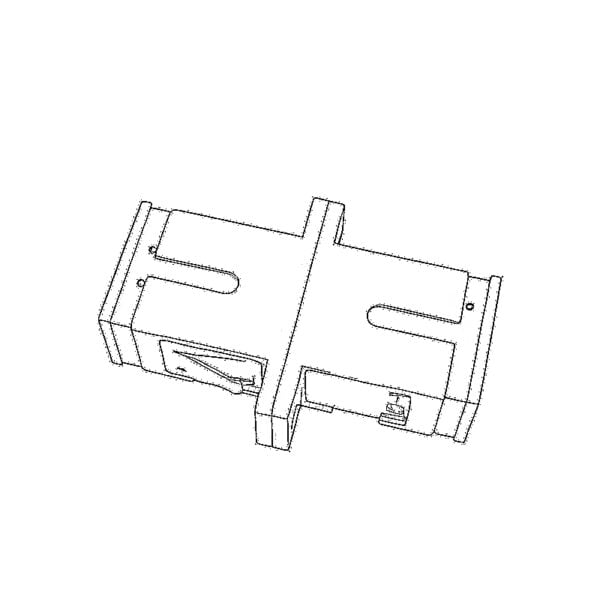 Fiber Flange Connectors
Fiber Flange Connectors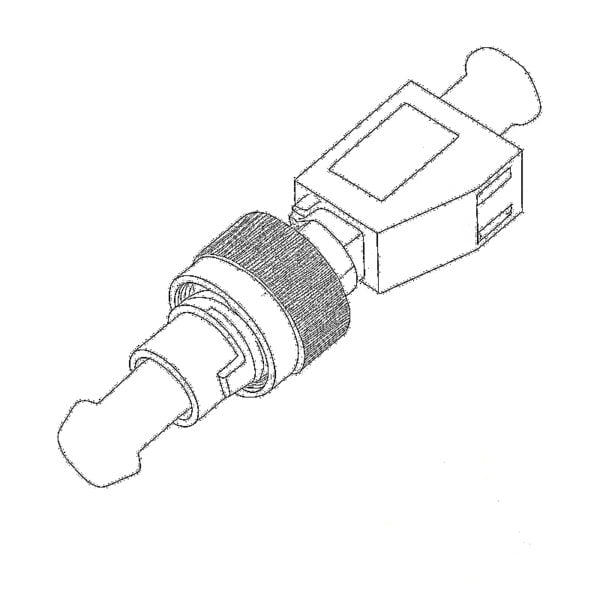 Optical Adapters
Optical Adapters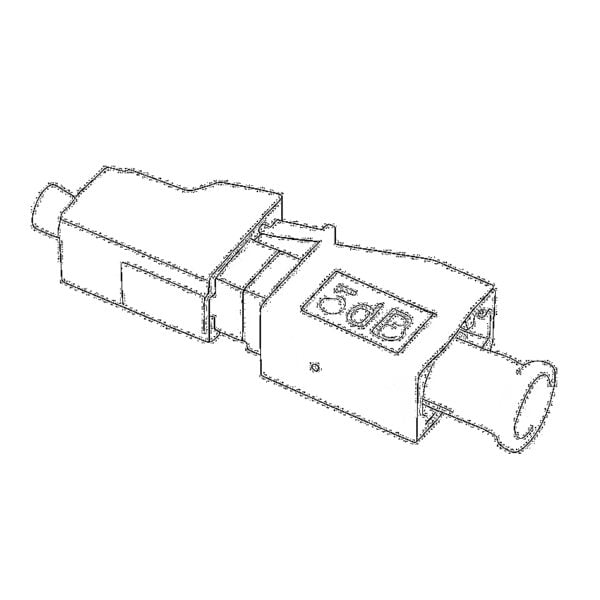 Optical Attenuator
Optical Attenuator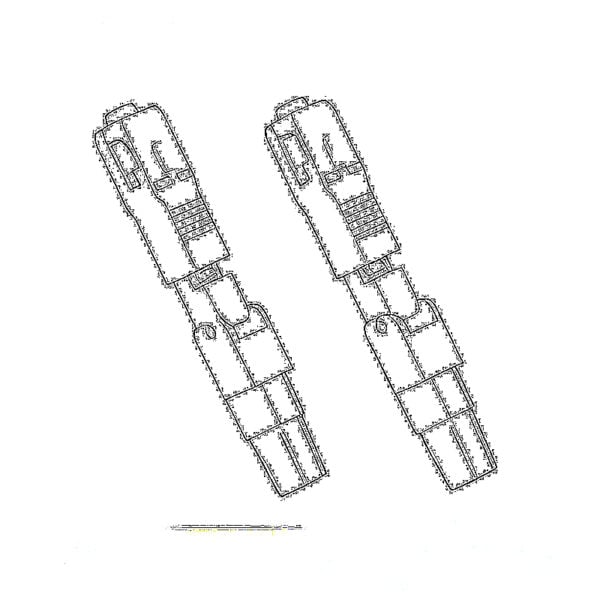 Quick Connector and Connector Panel
Quick Connector and Connector Panel CATV Amplifier
CATV Amplifier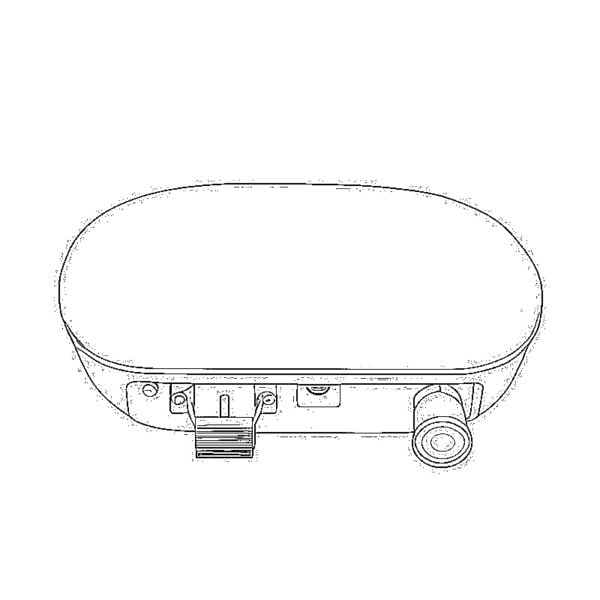 CATV Optical Receiver
CATV Optical Receiver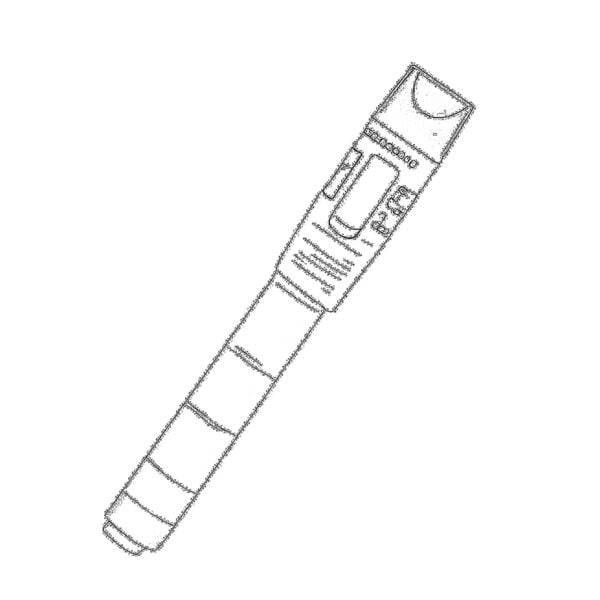 Visual Fault Locator
Visual Fault Locator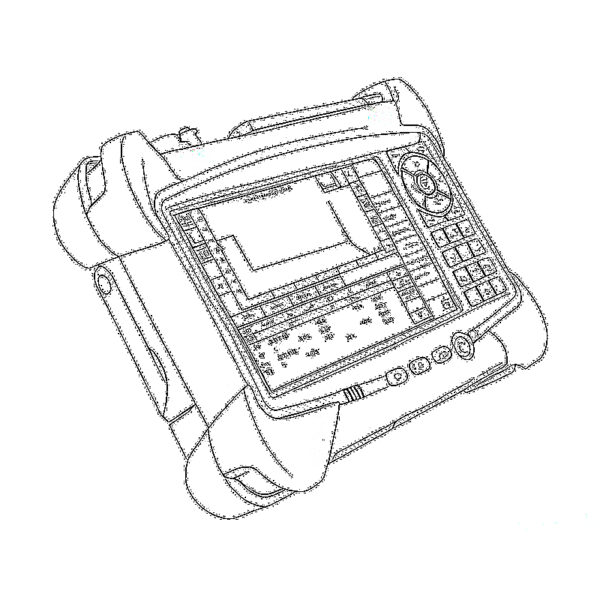 OTDR
OTDR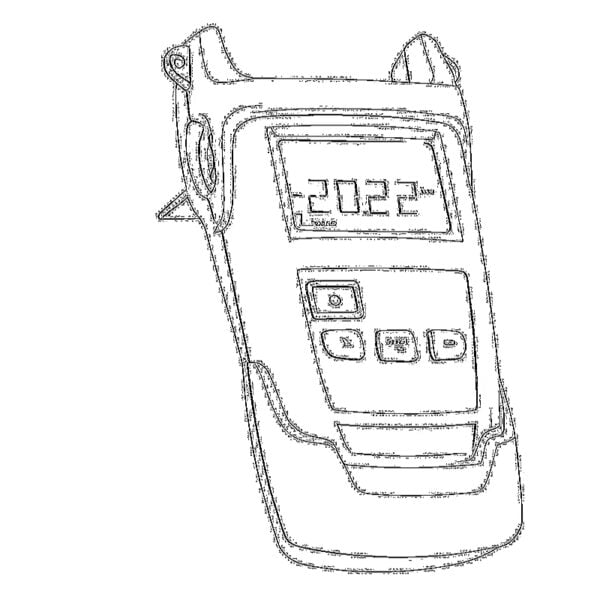 Optical Power Meter
Optical Power Meter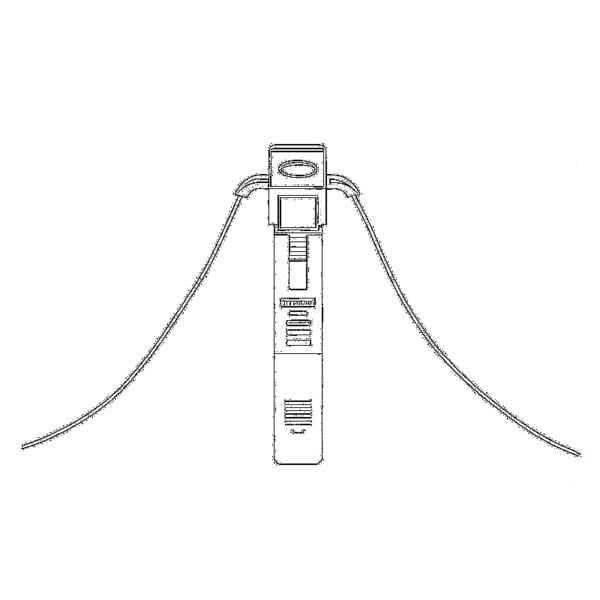 Fiber Optic Identifier
Fiber Optic Identifier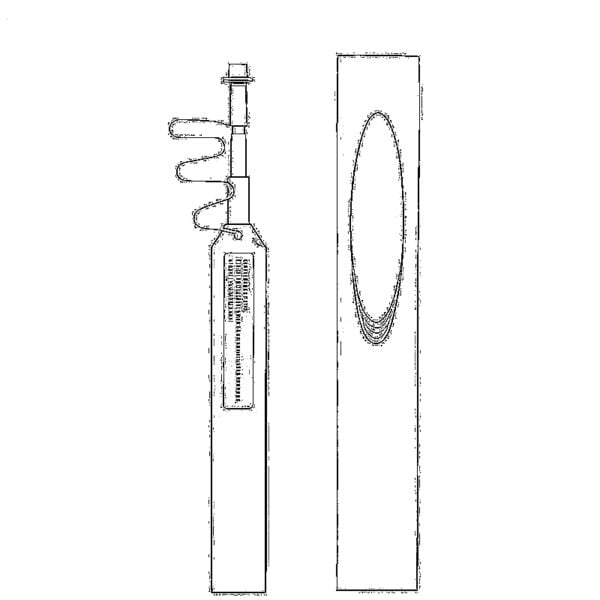 Fiber Optic Cleaners
Fiber Optic Cleaners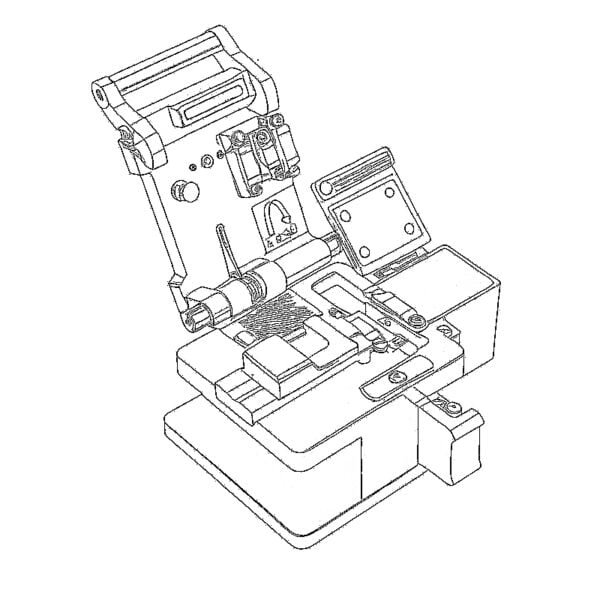 Fiber Cleavers & Fiber Strippers
Fiber Cleavers & Fiber Strippers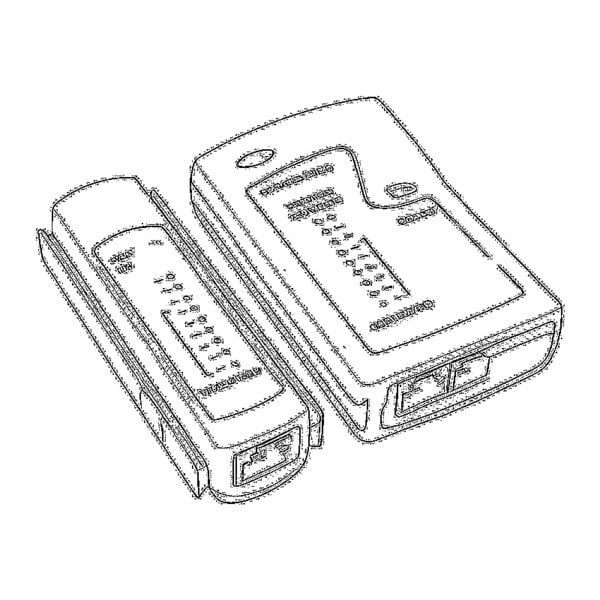 Copper Tools
Copper Tools